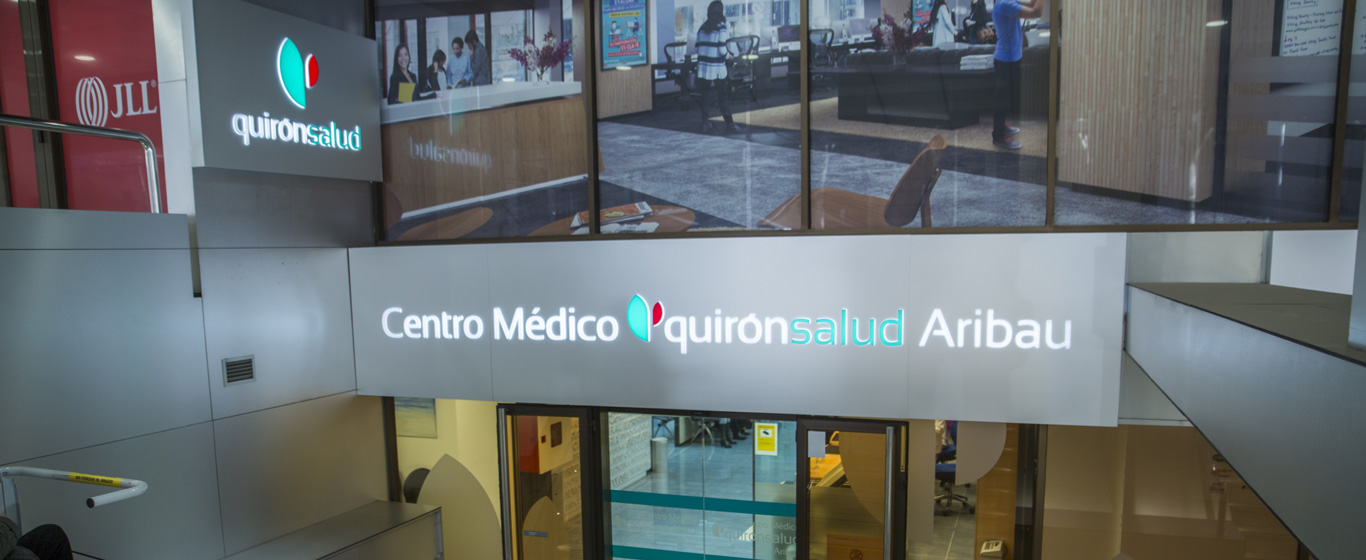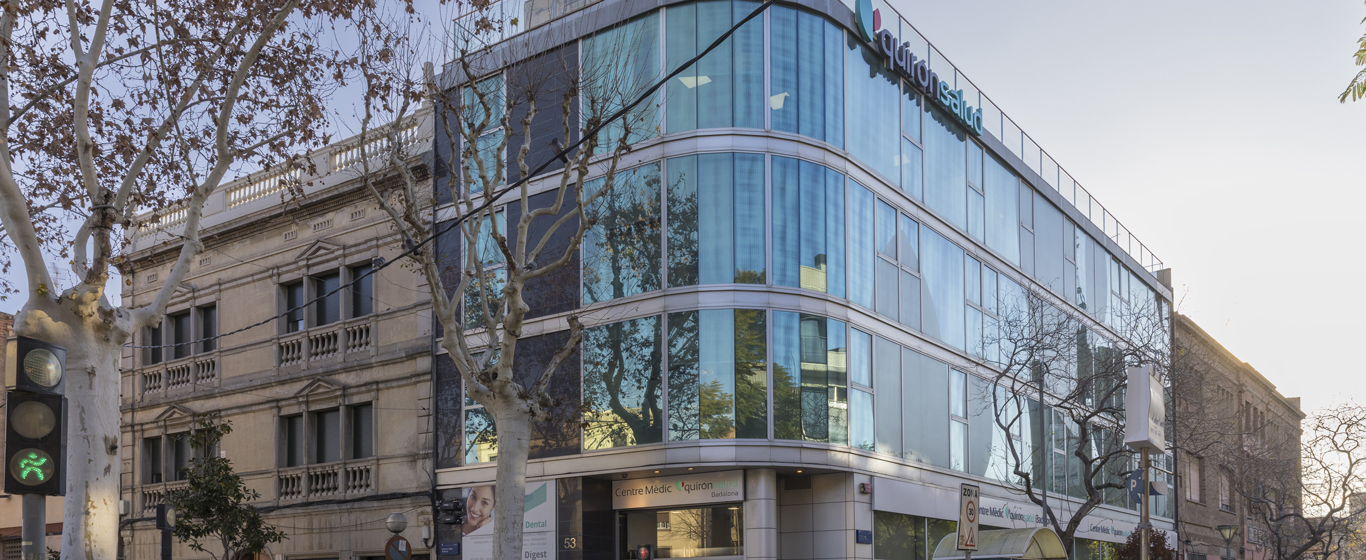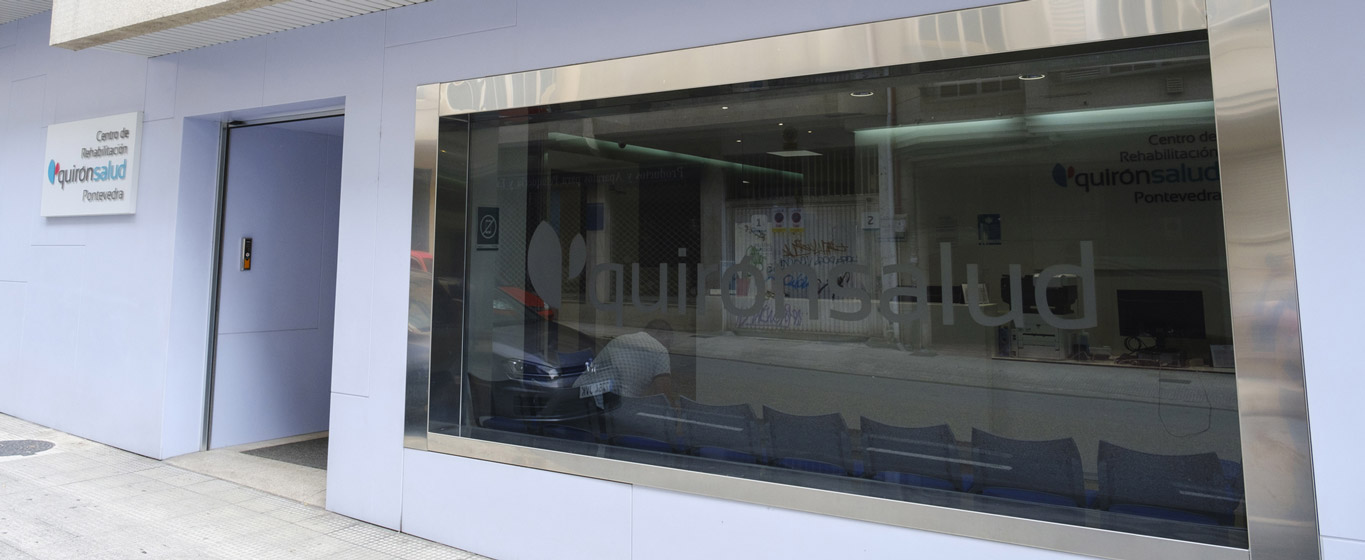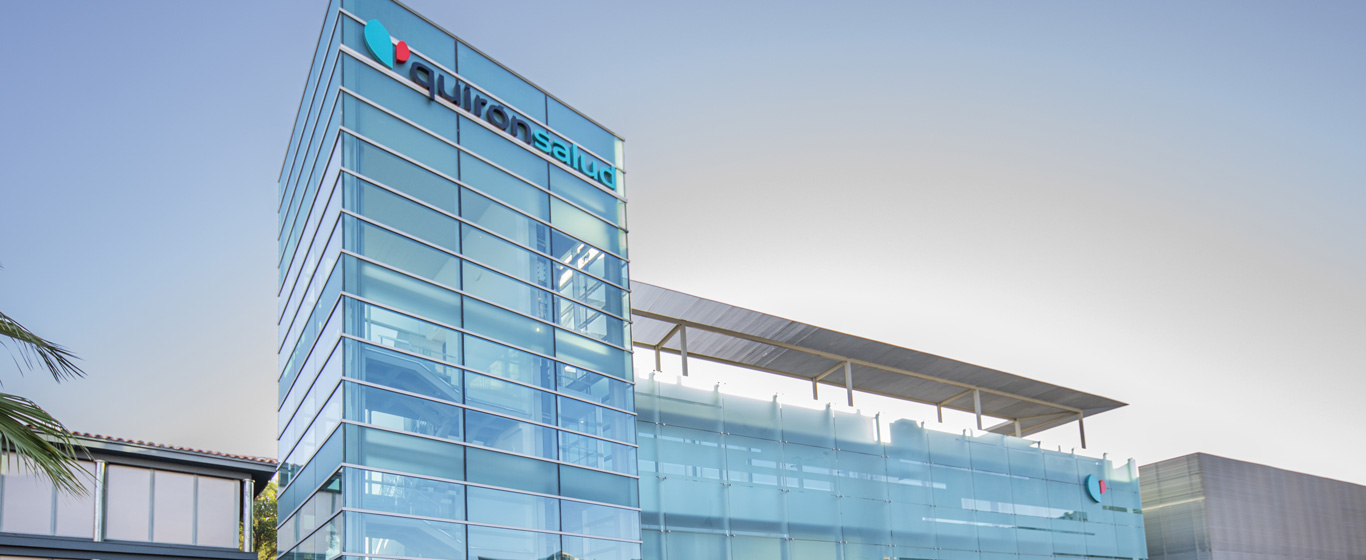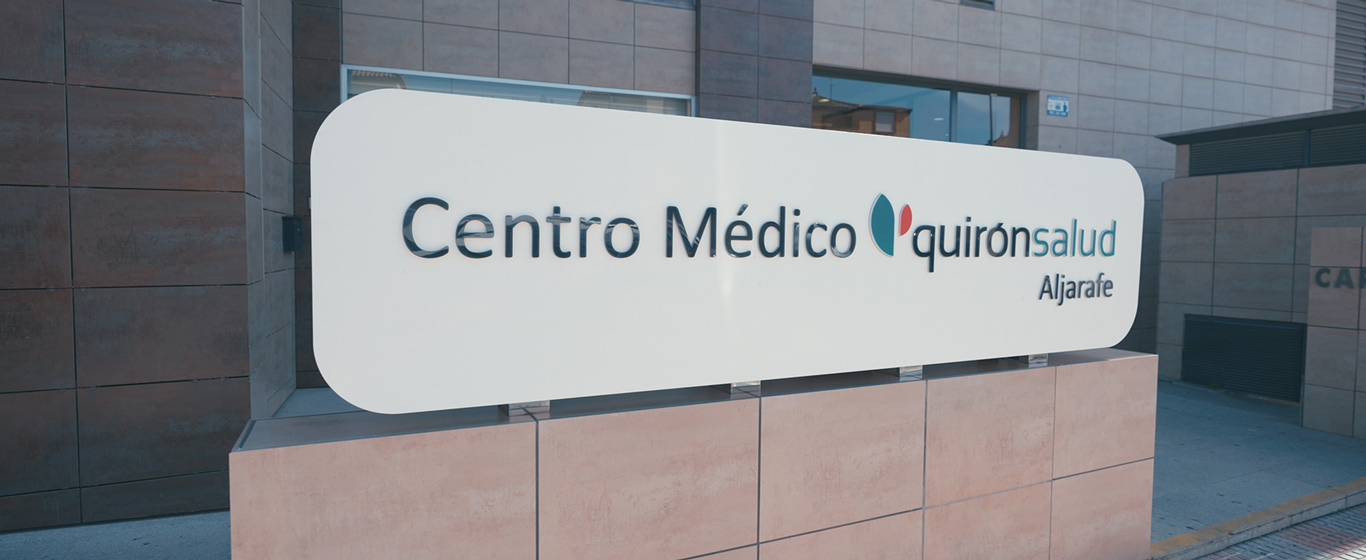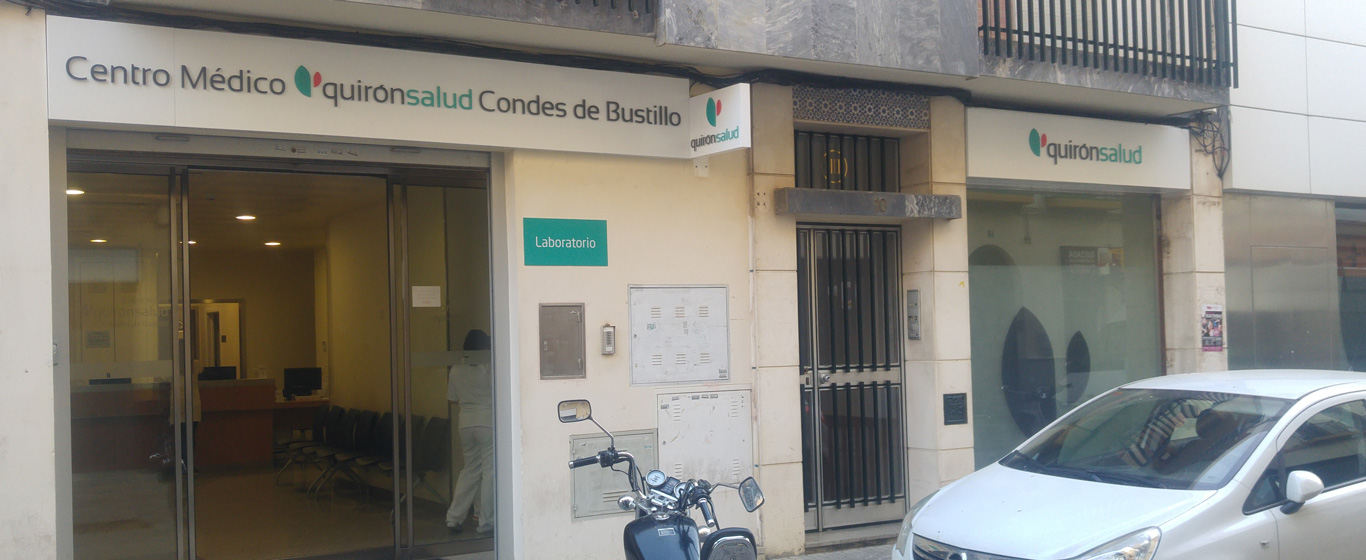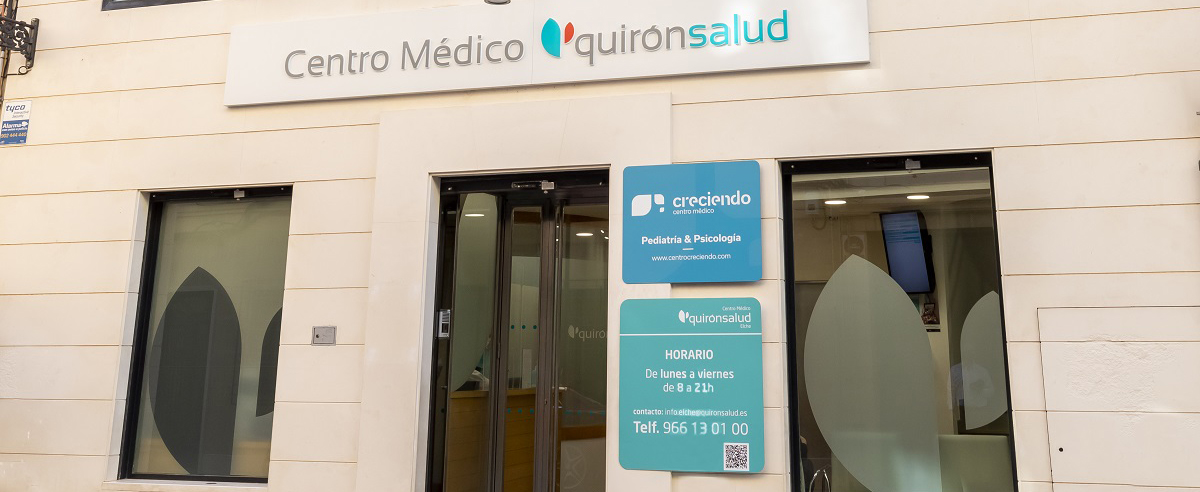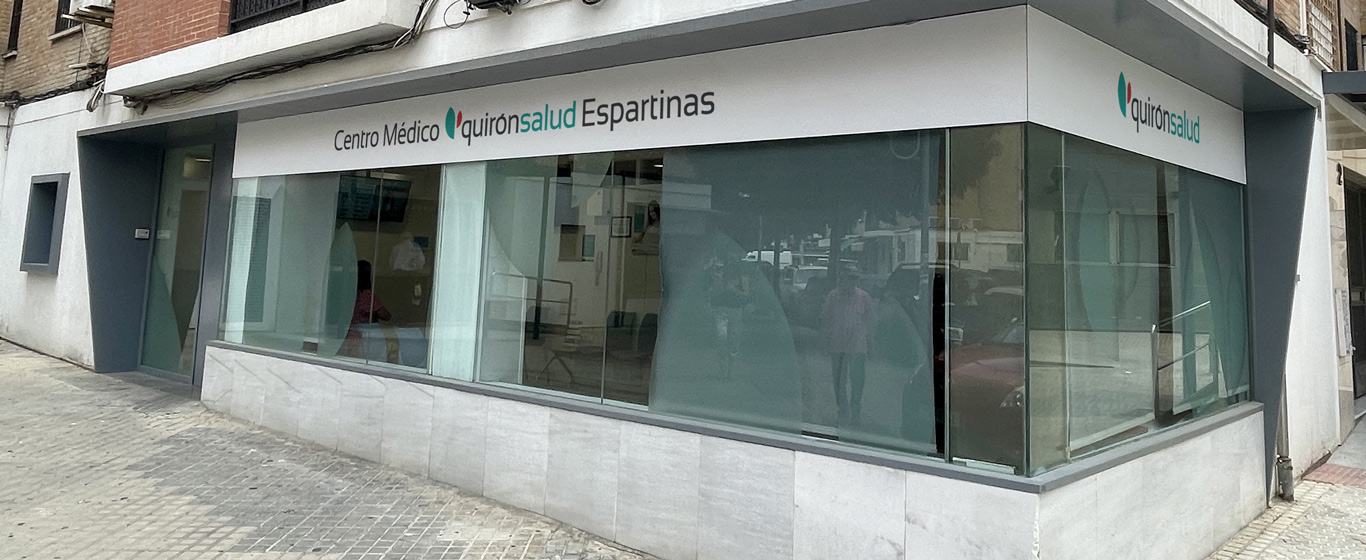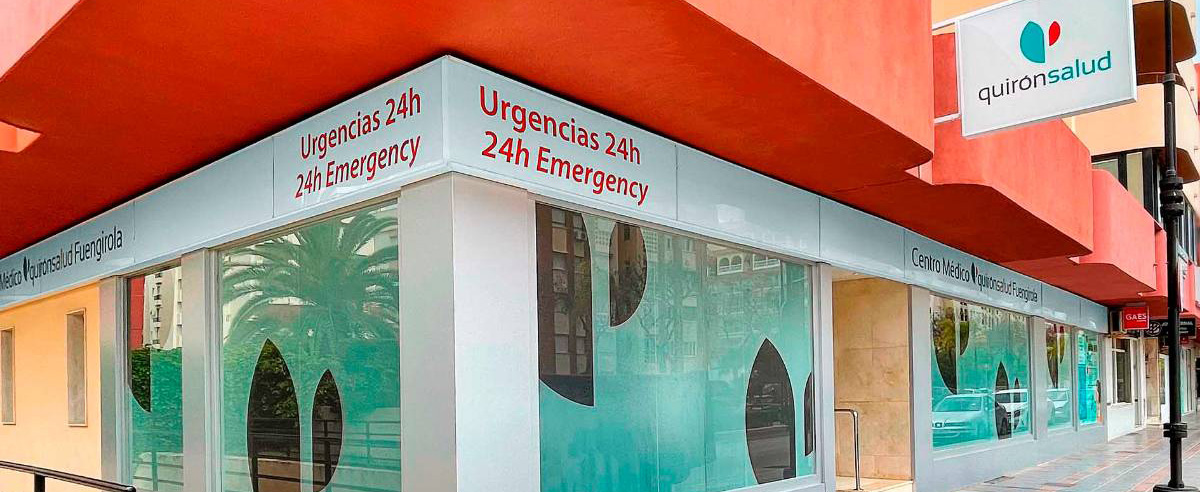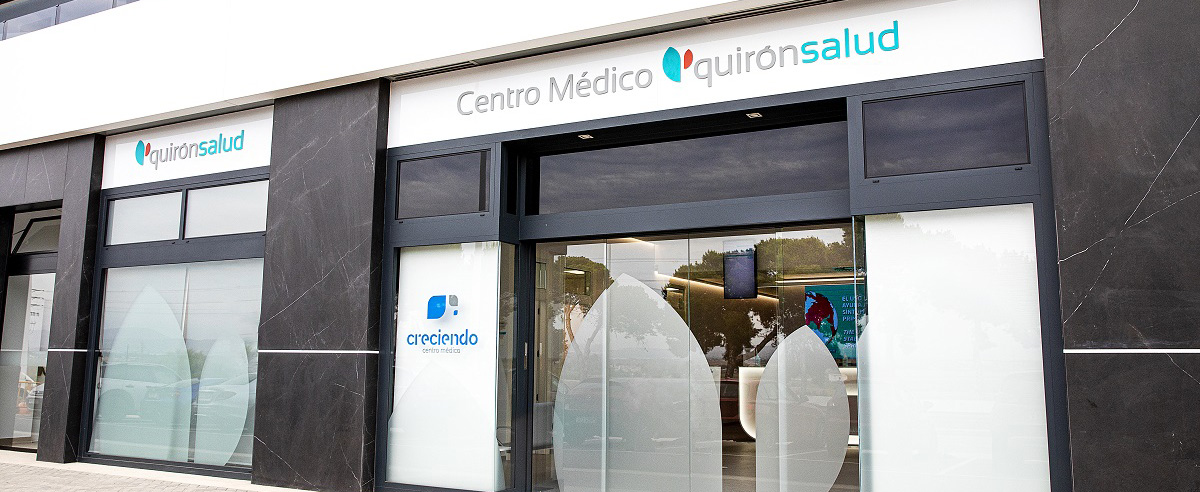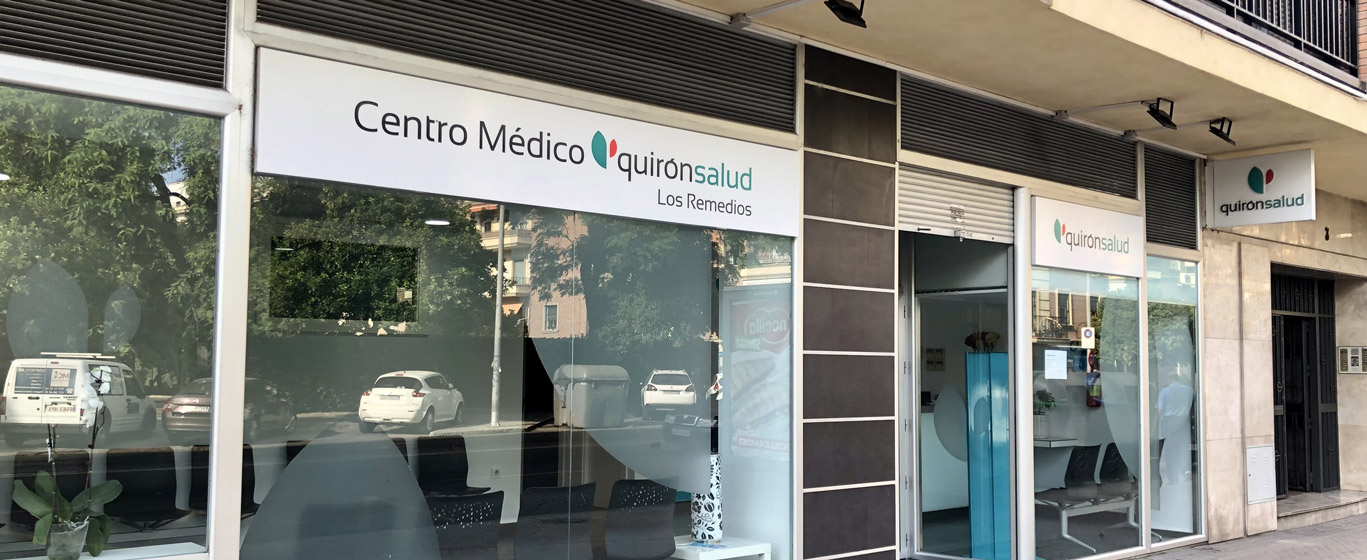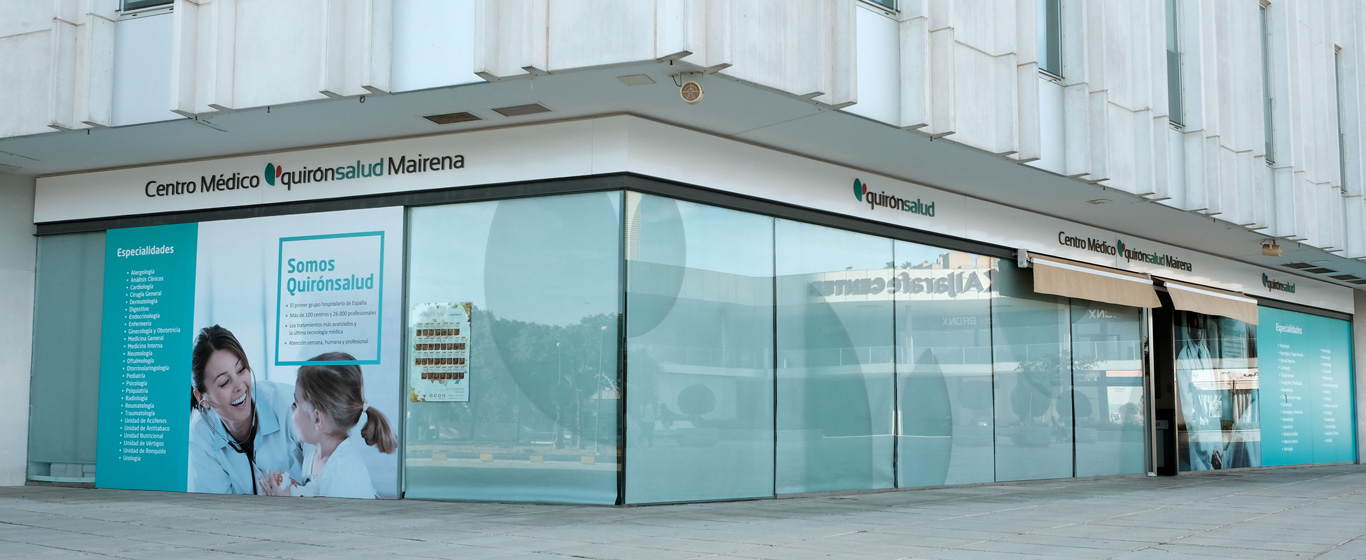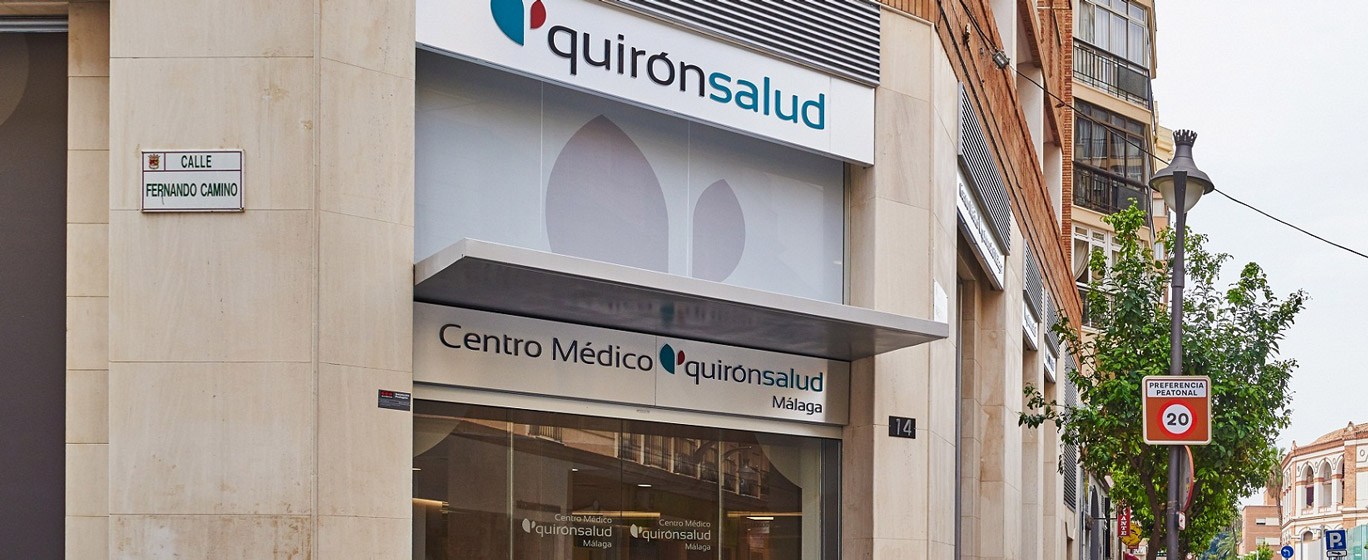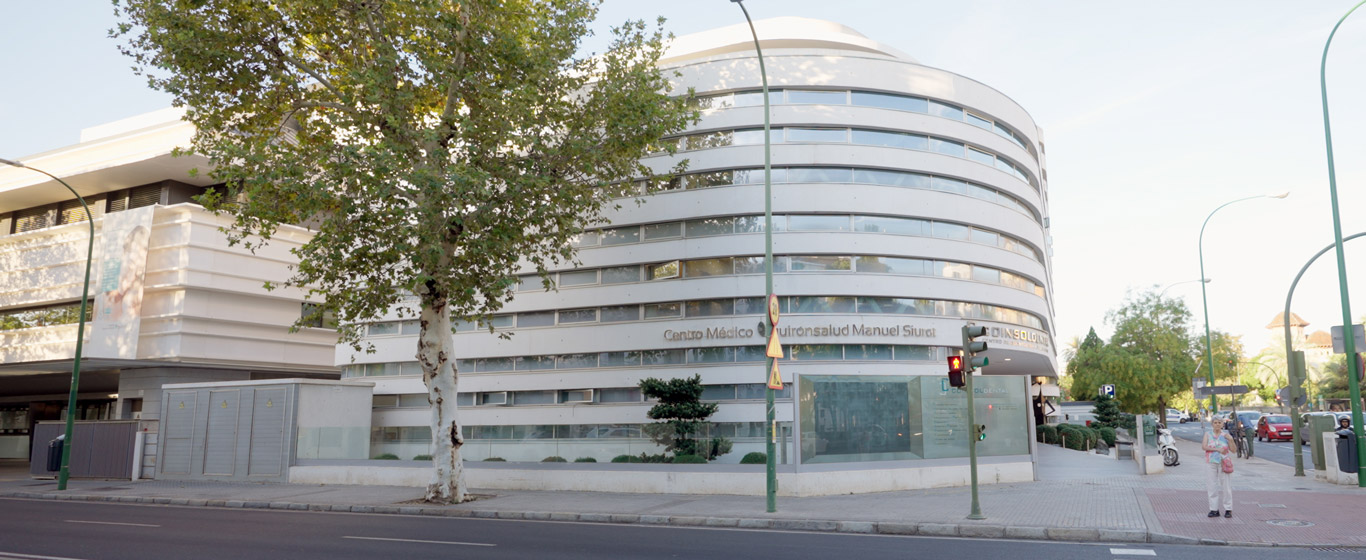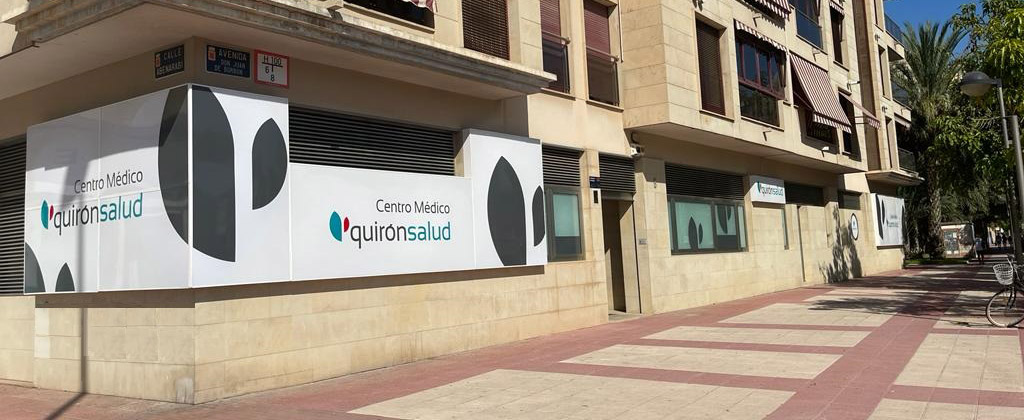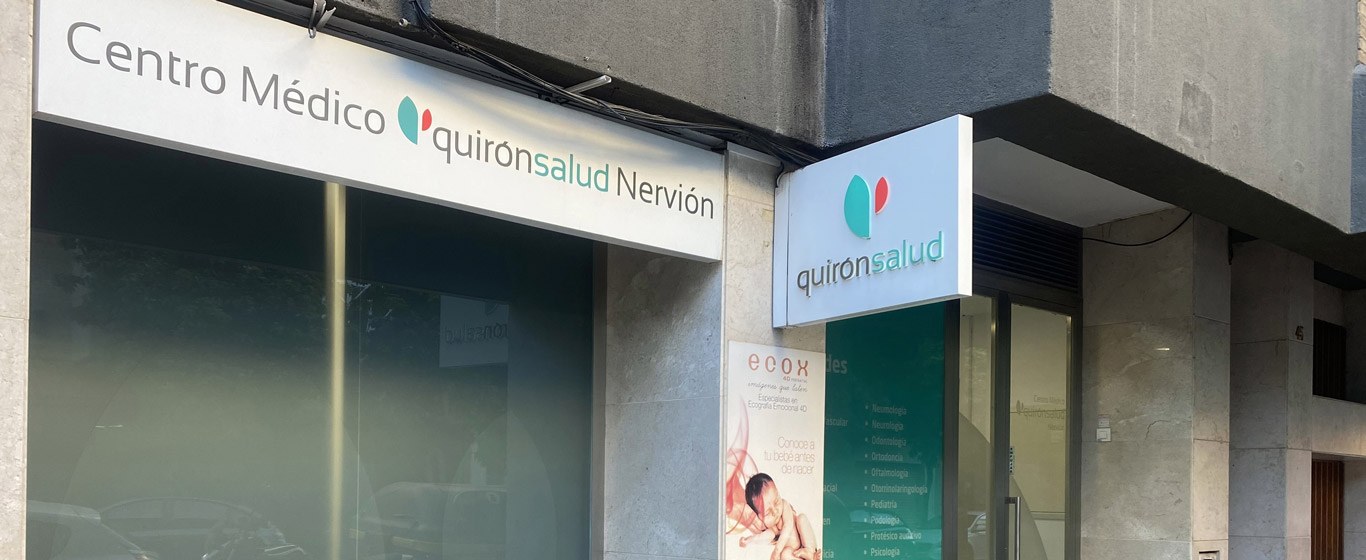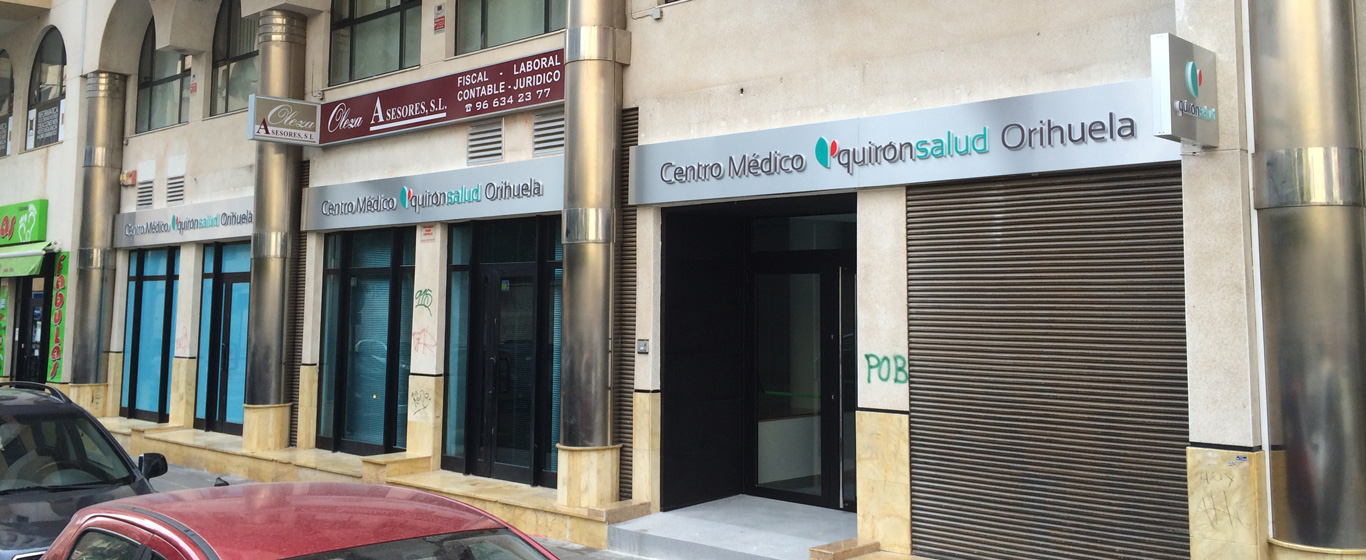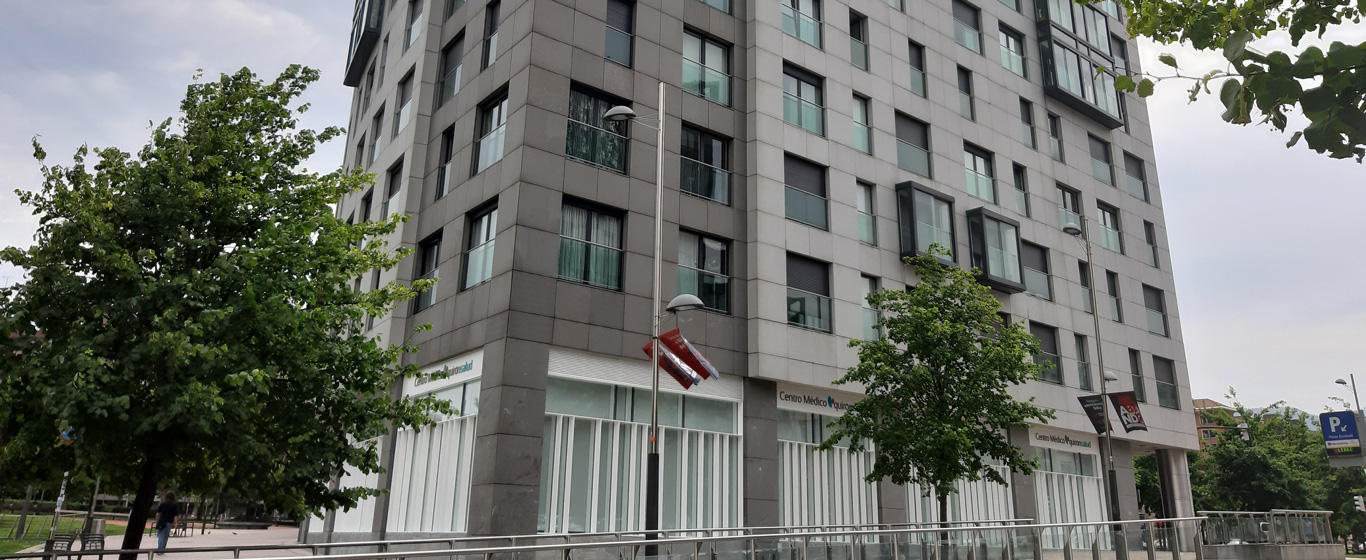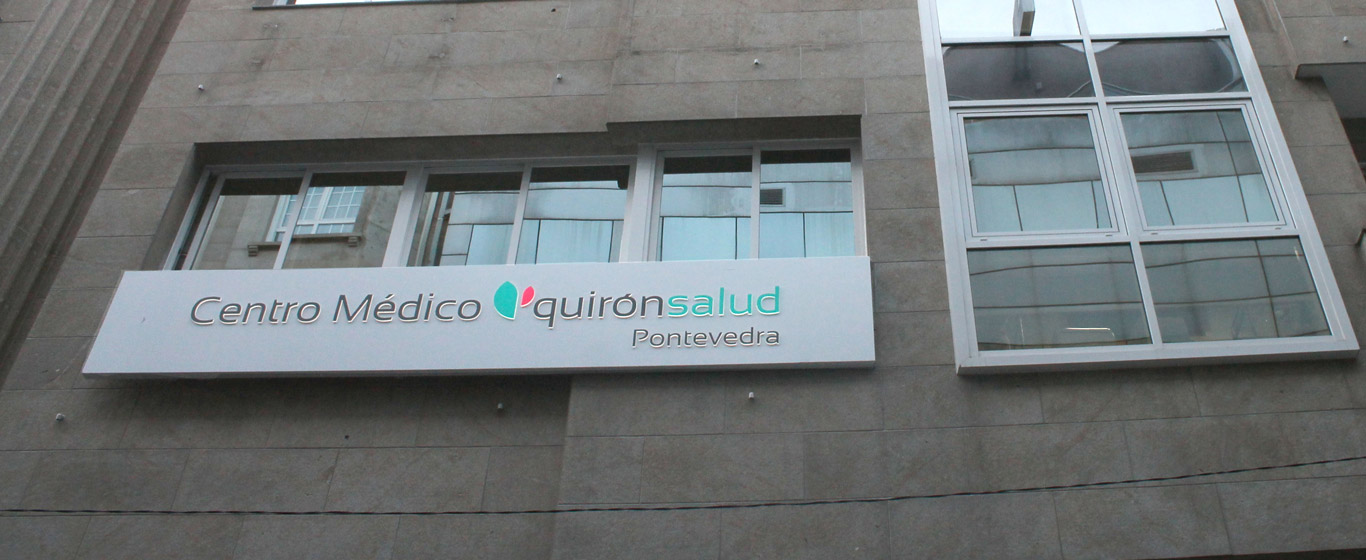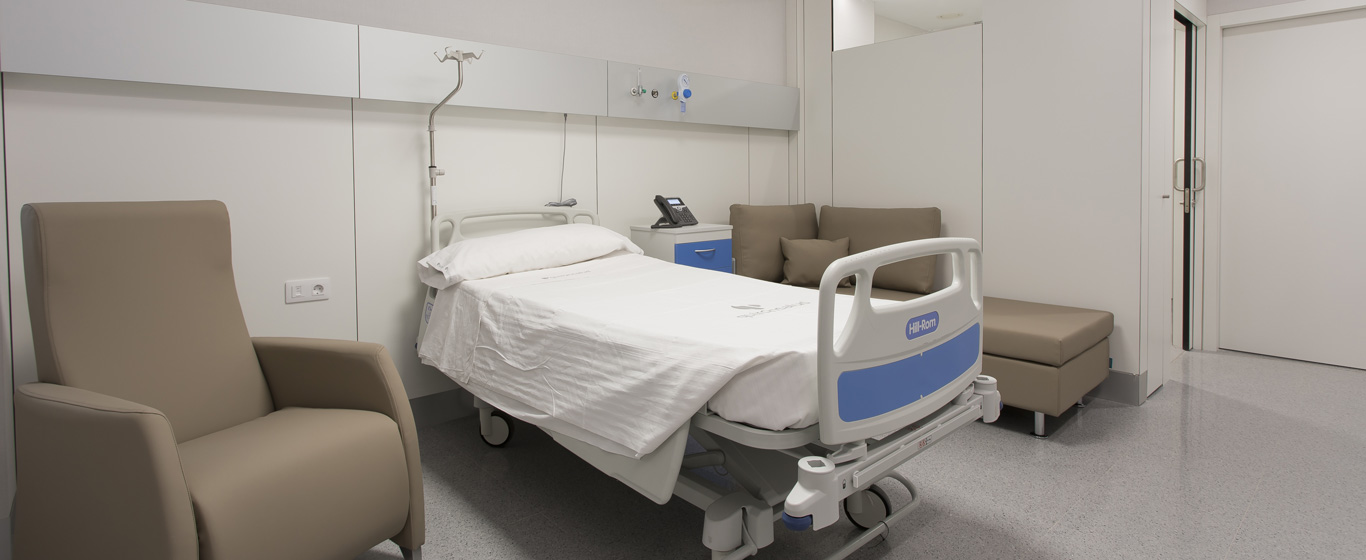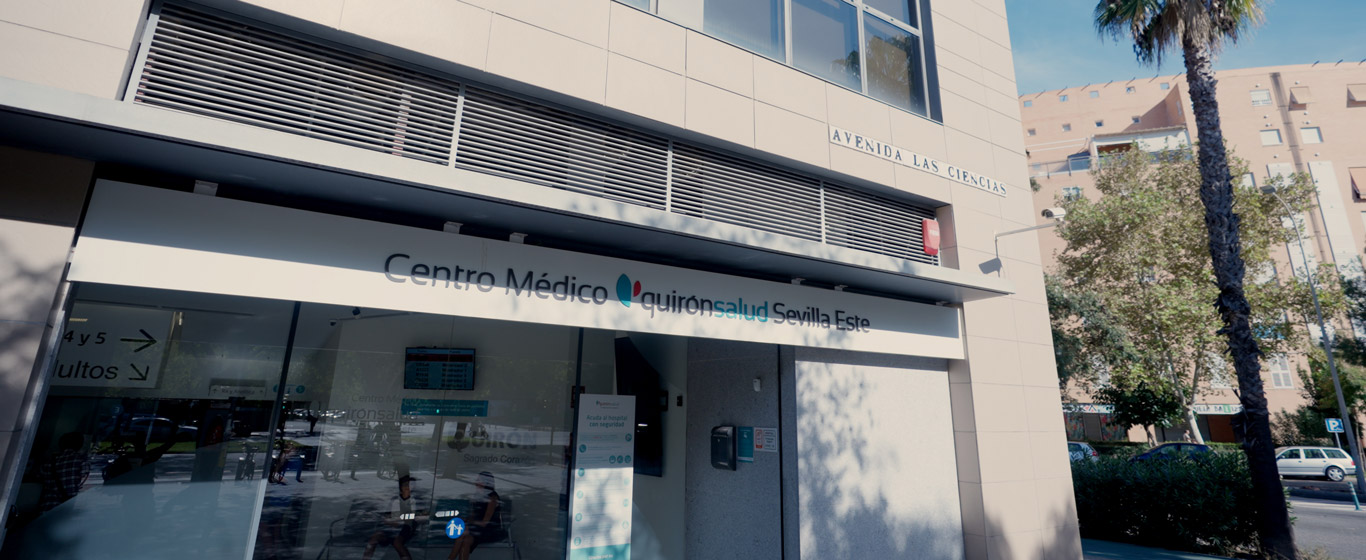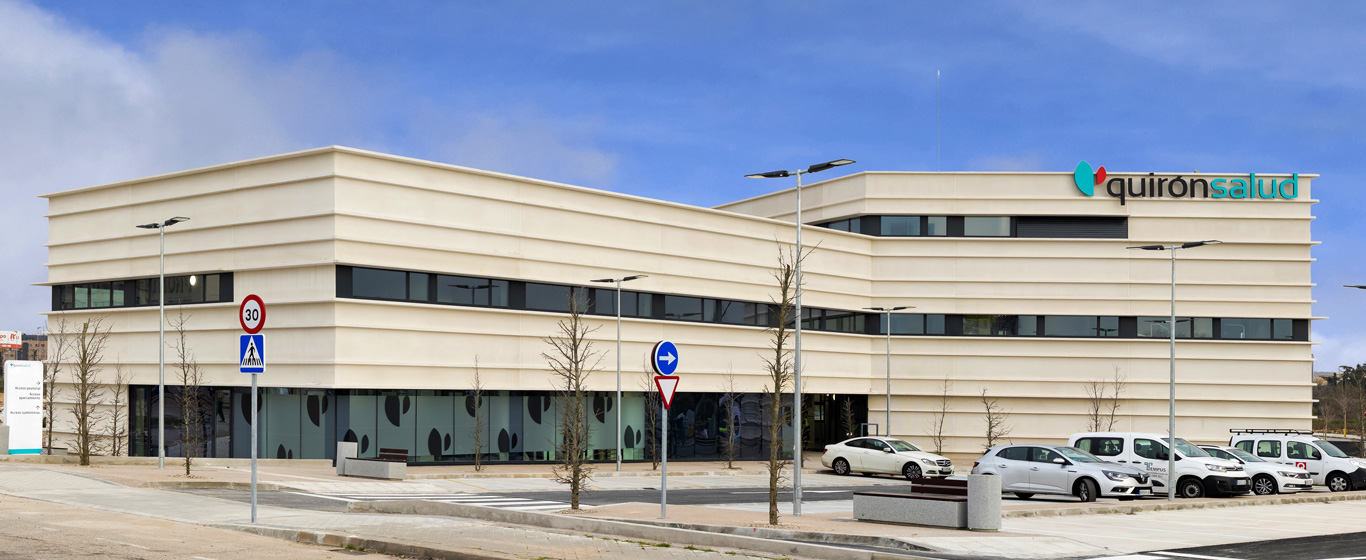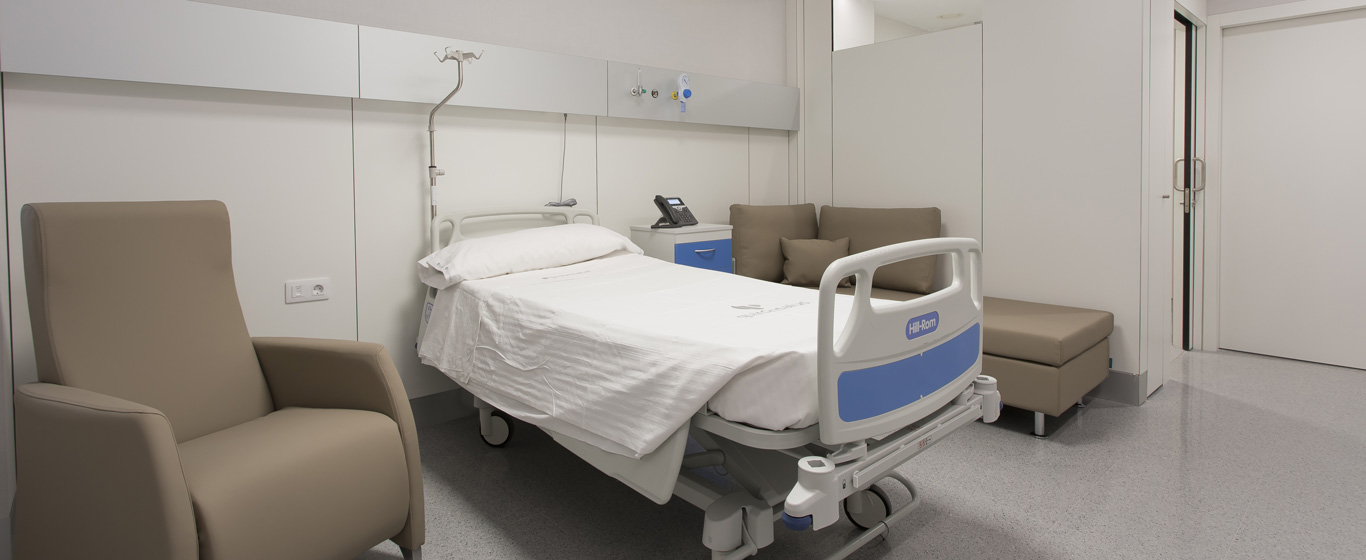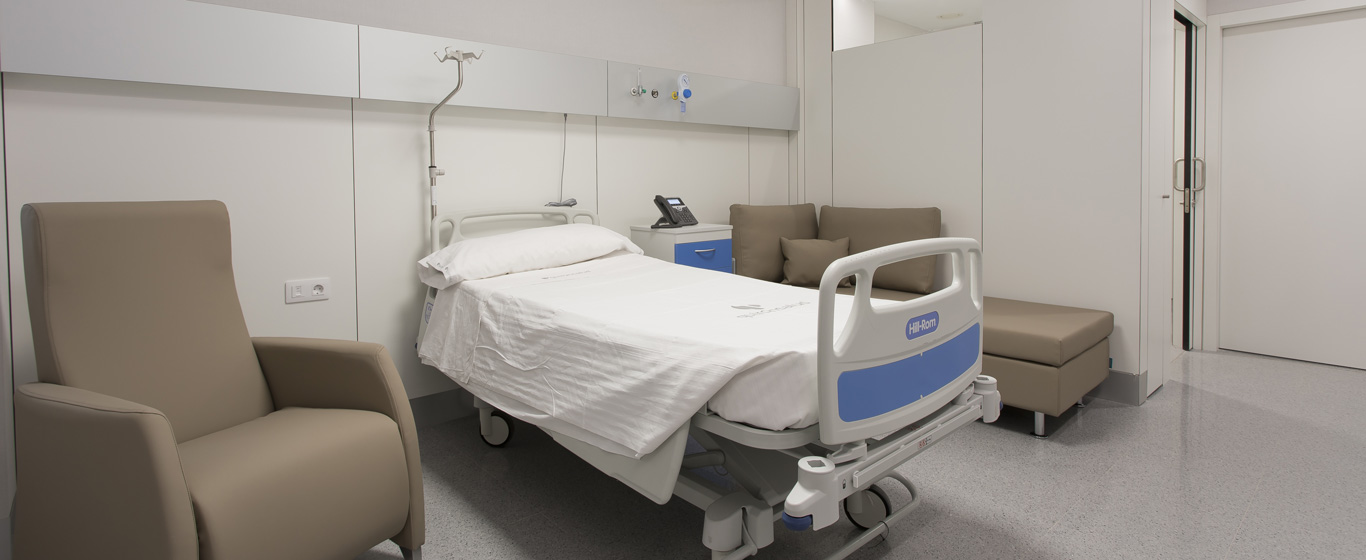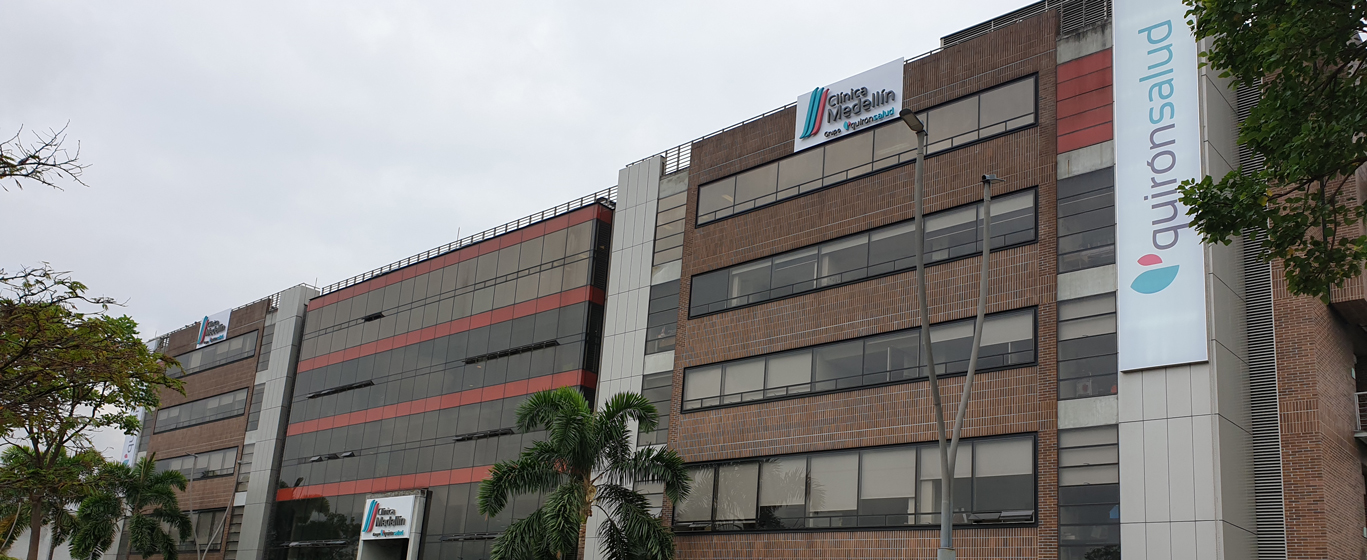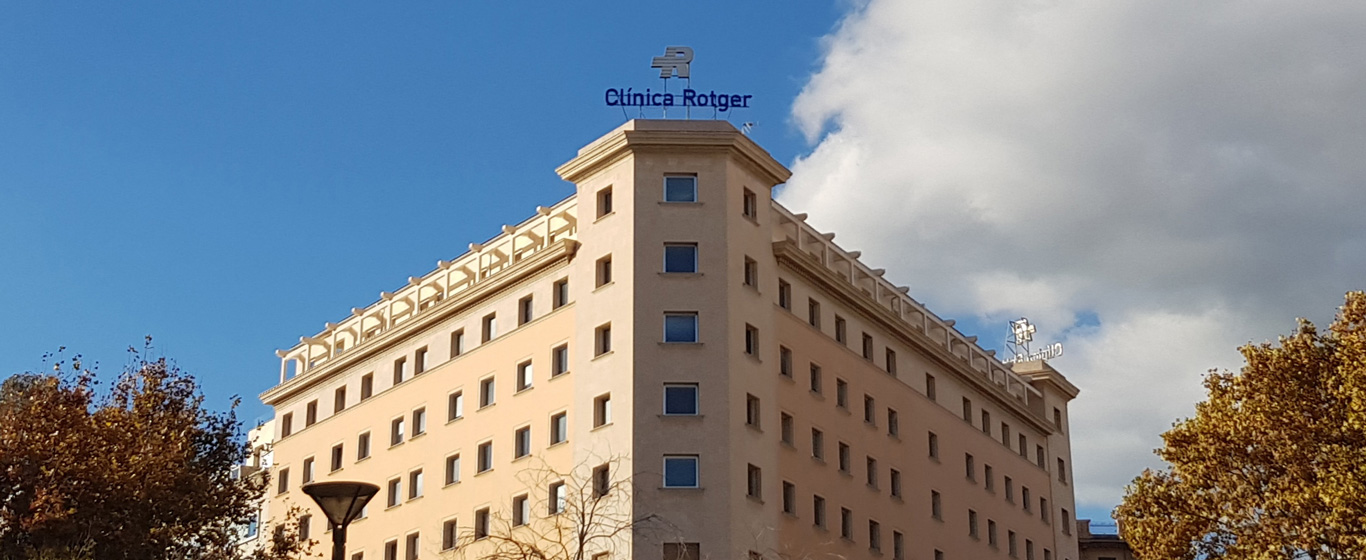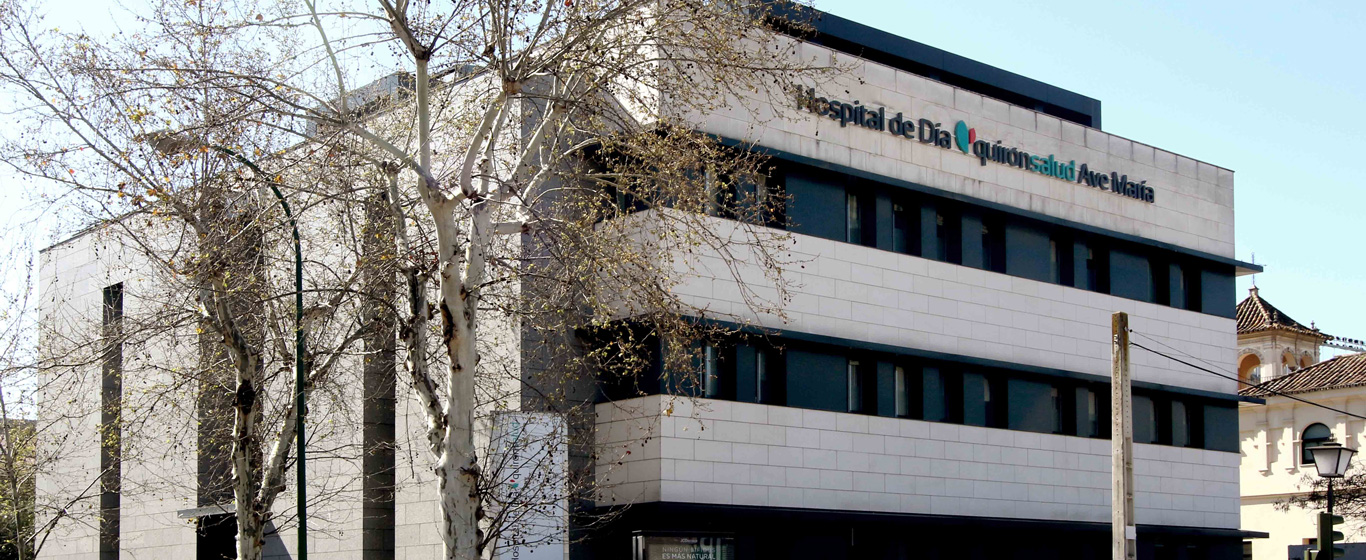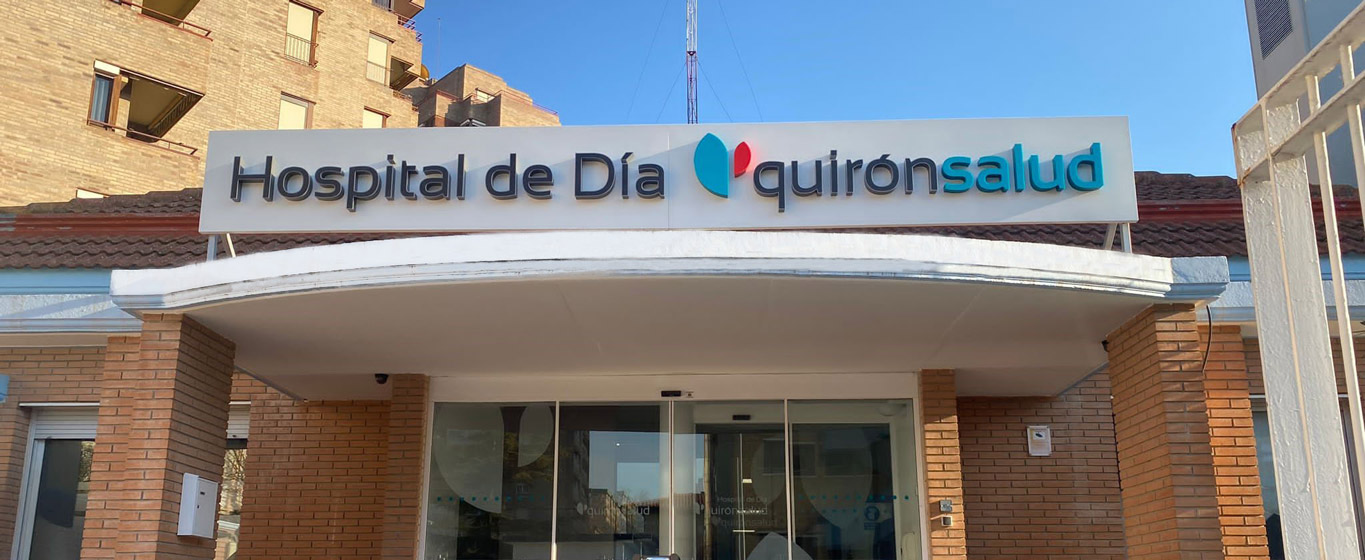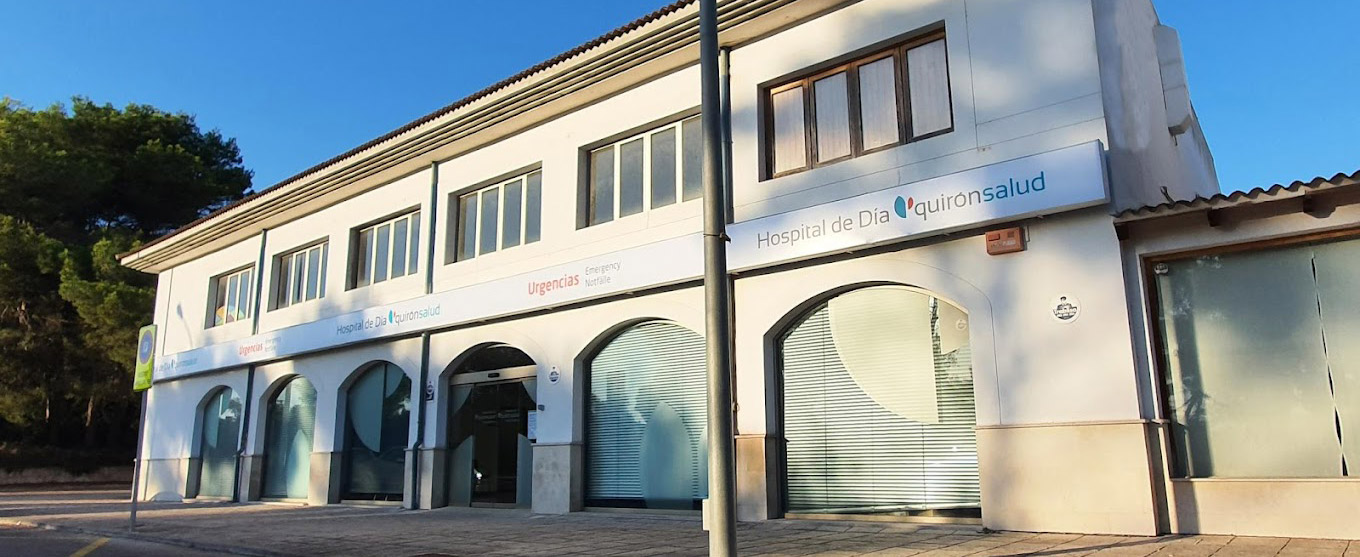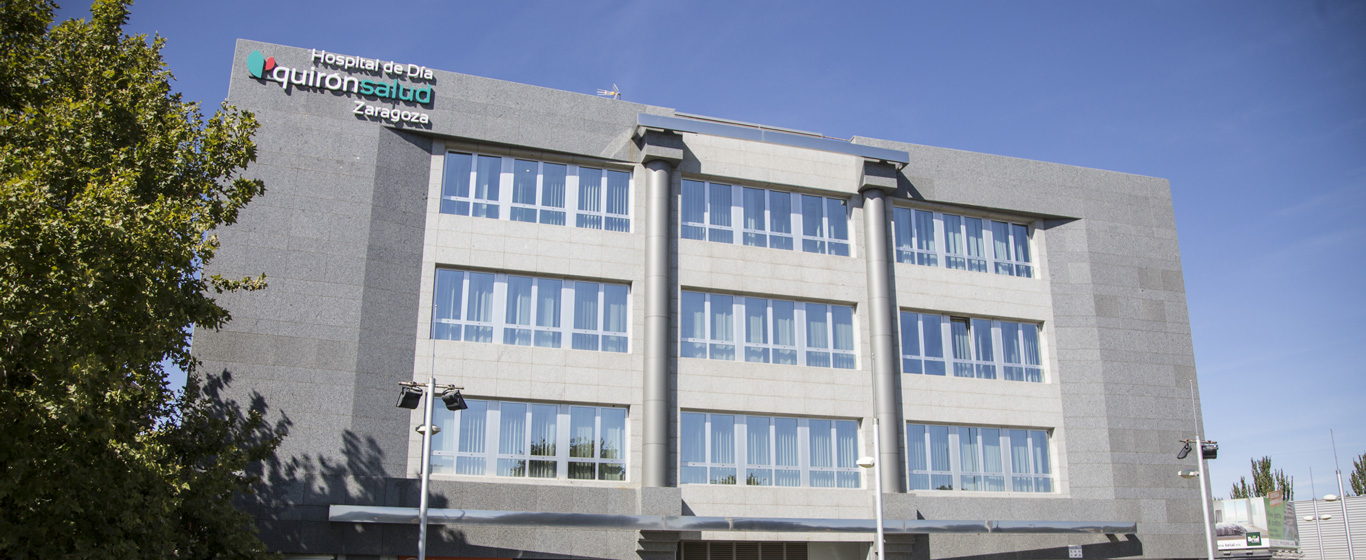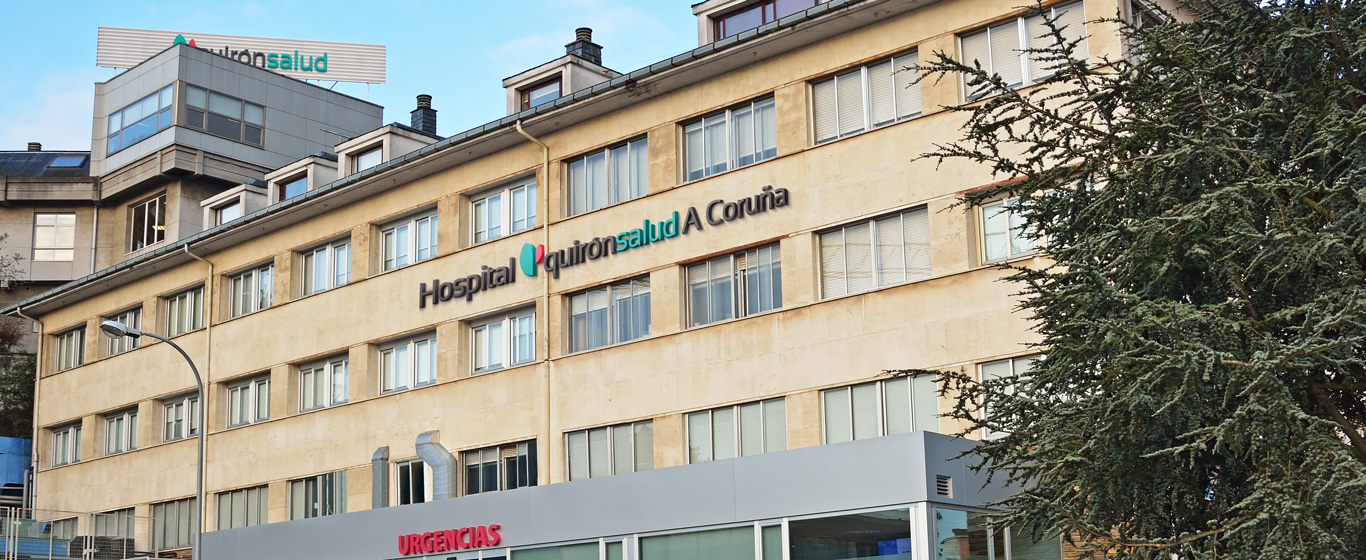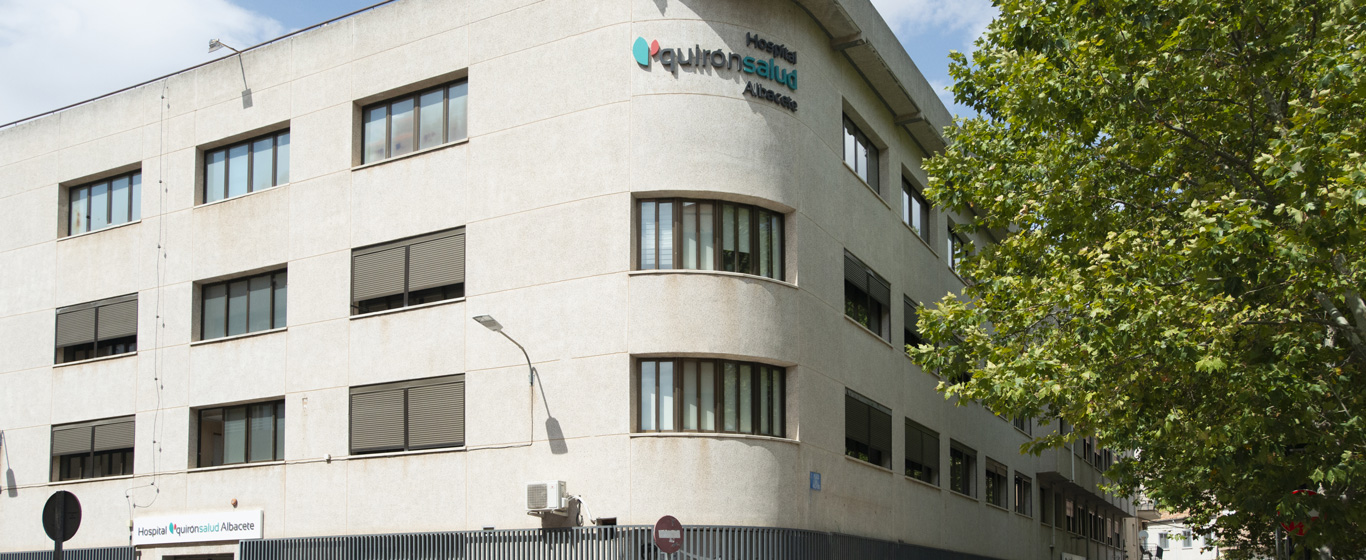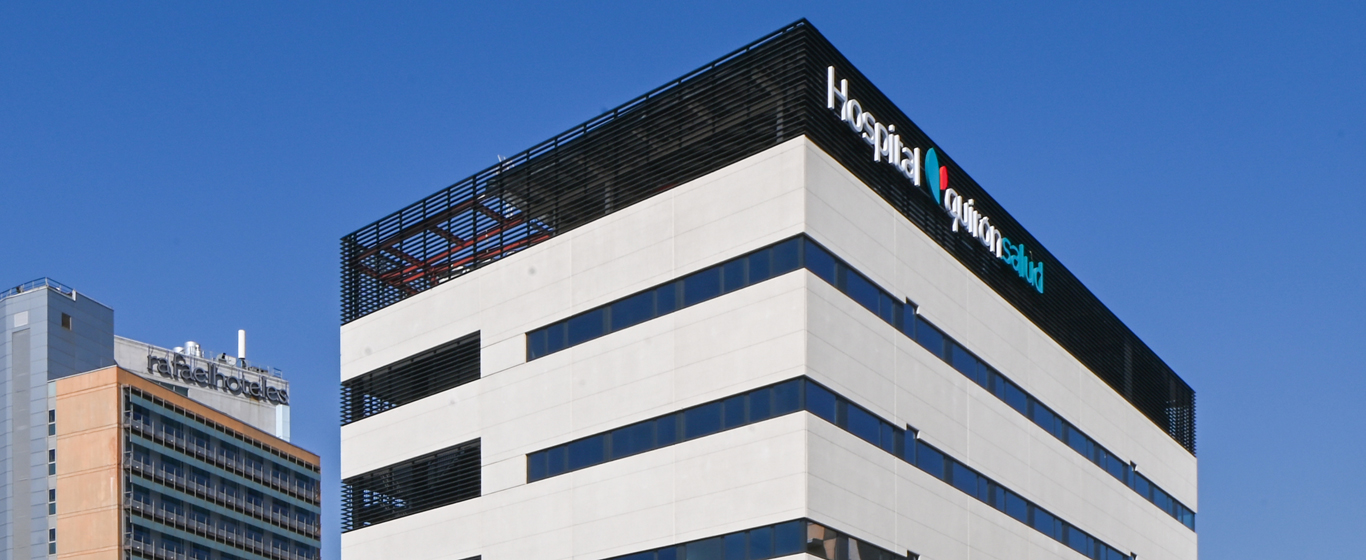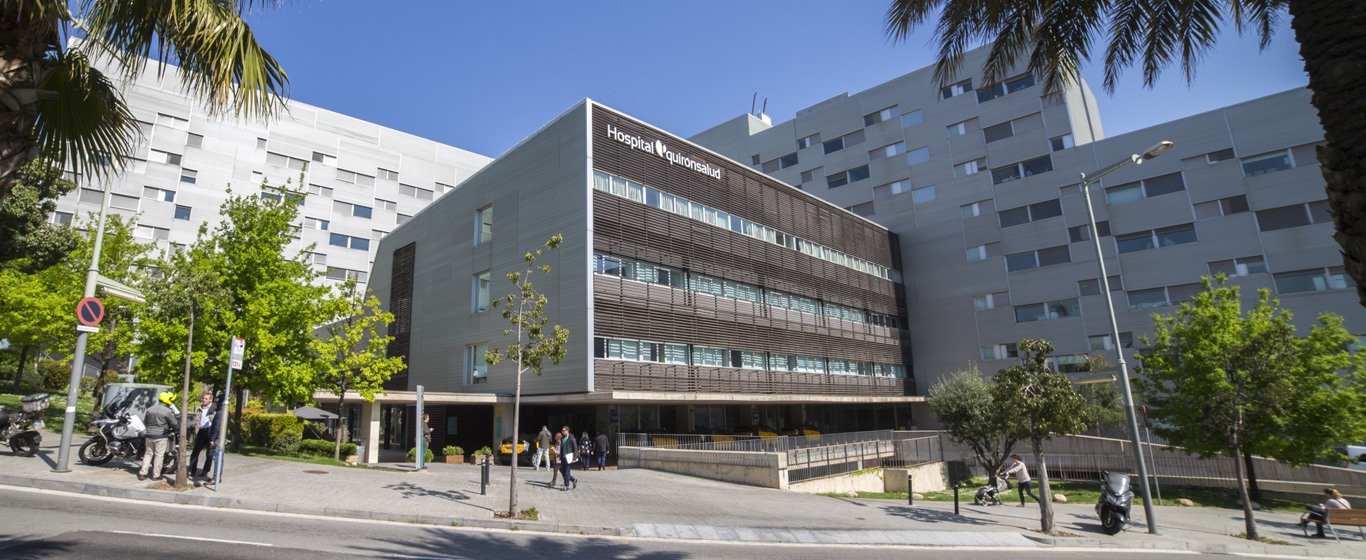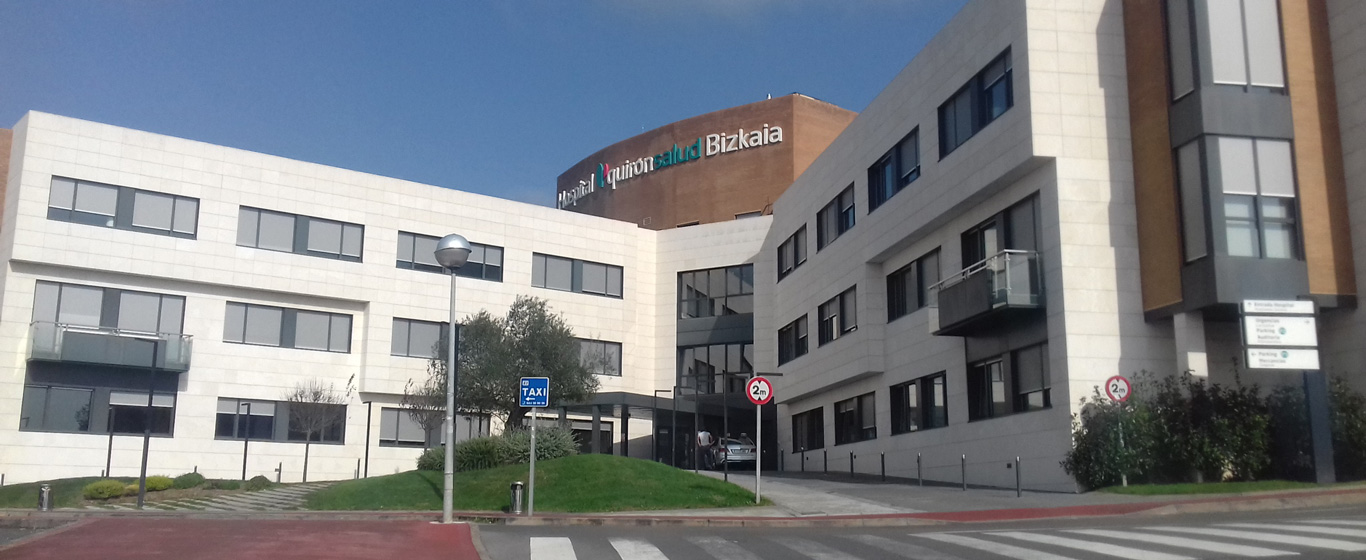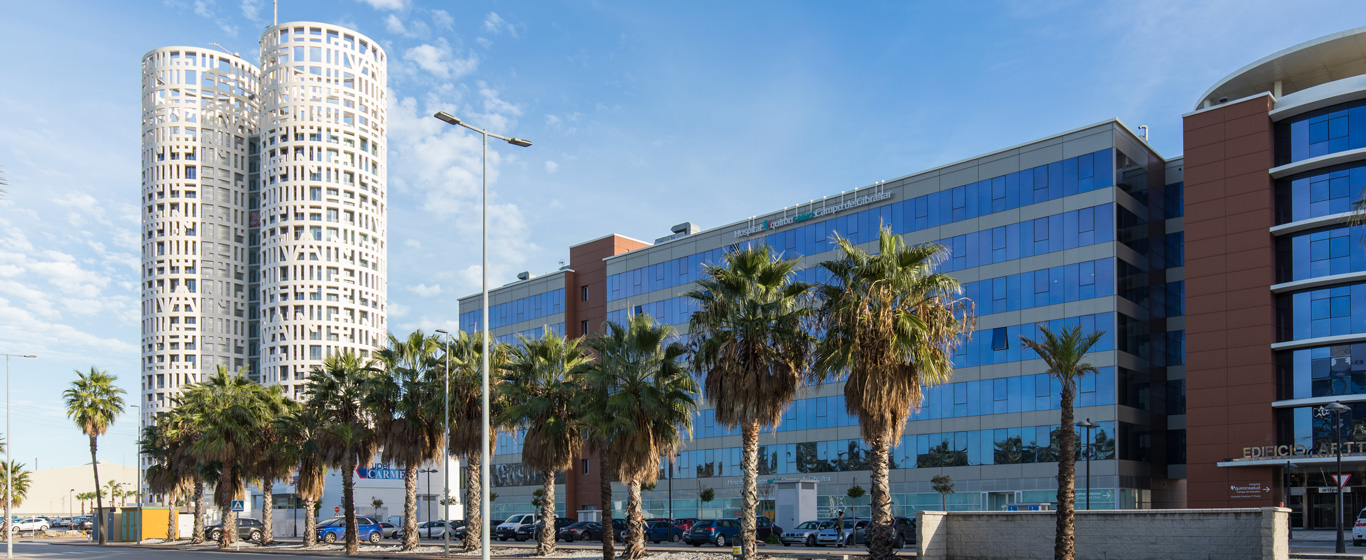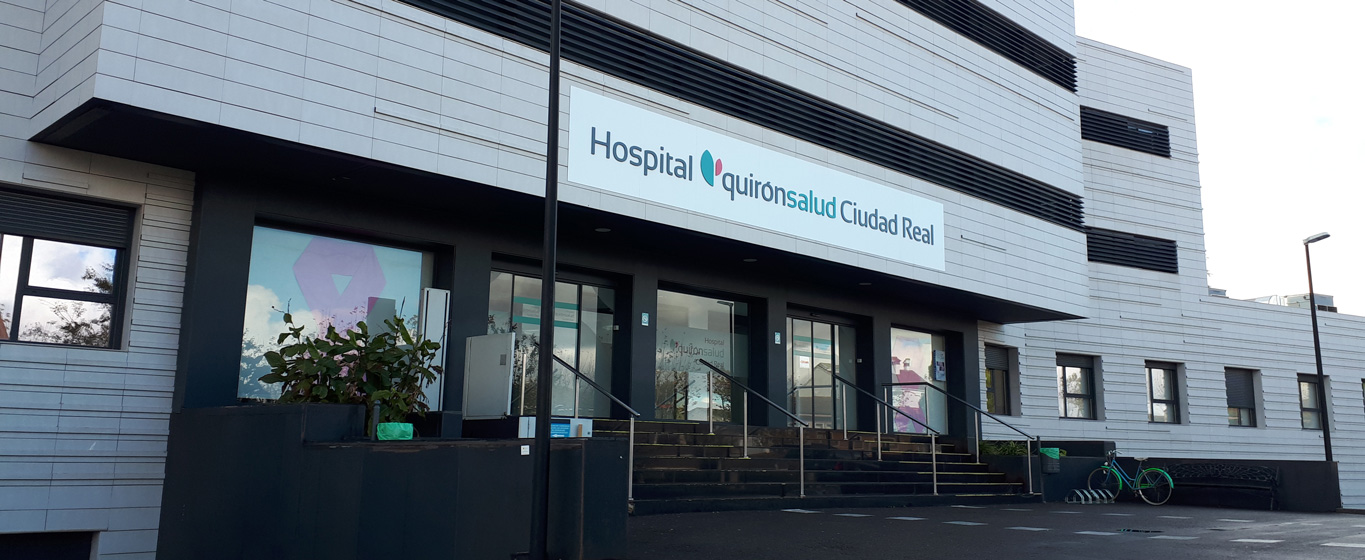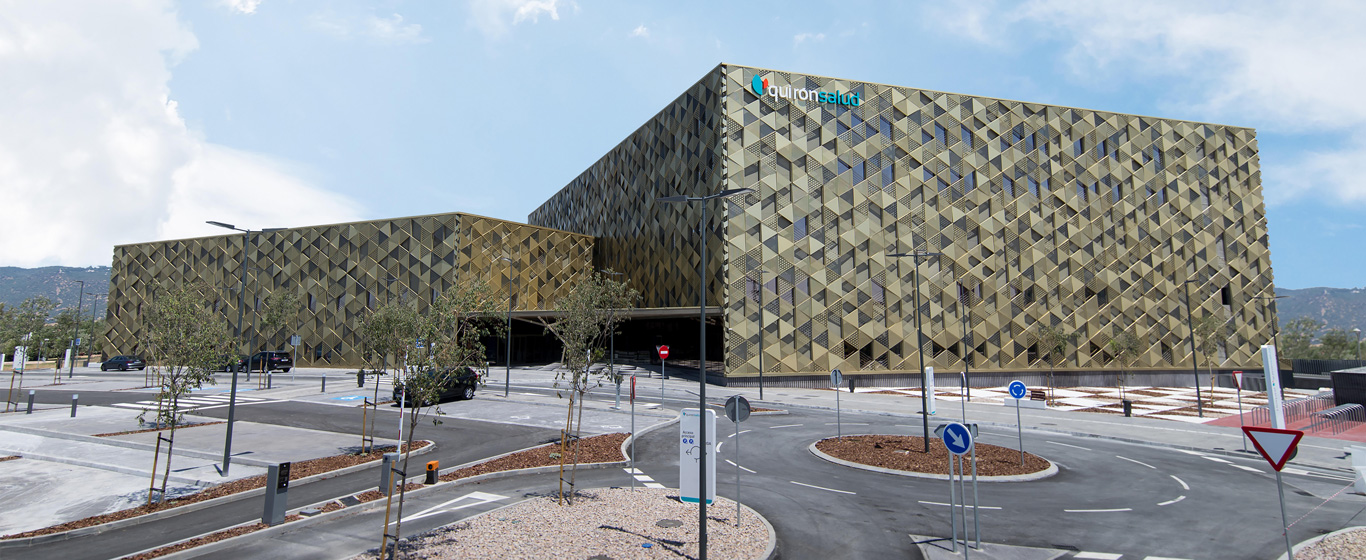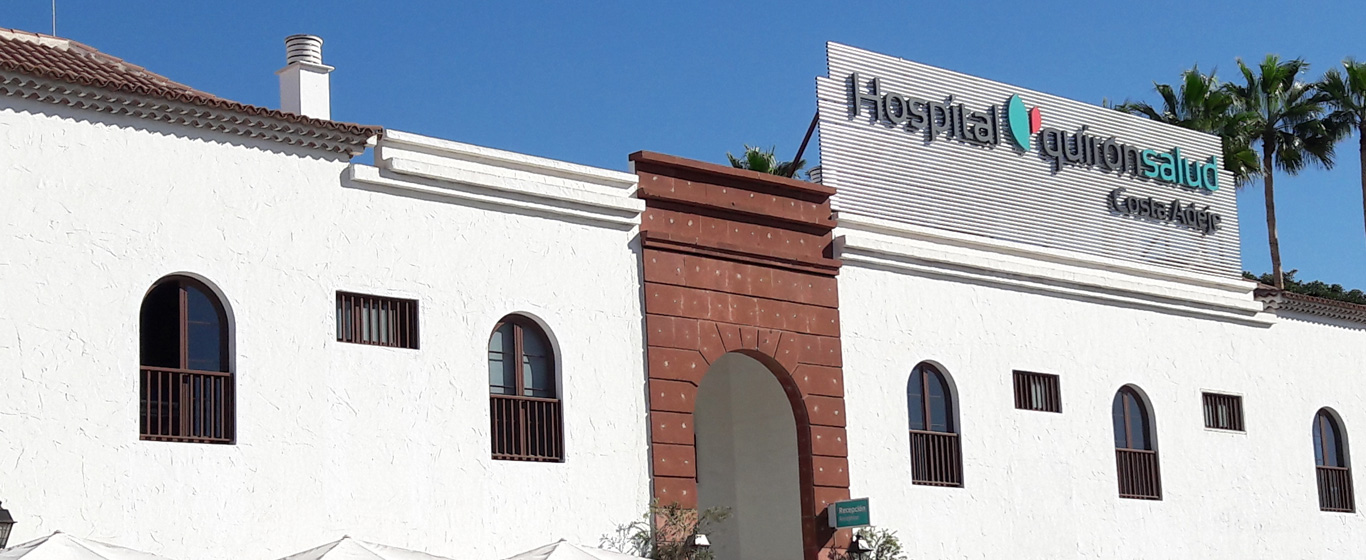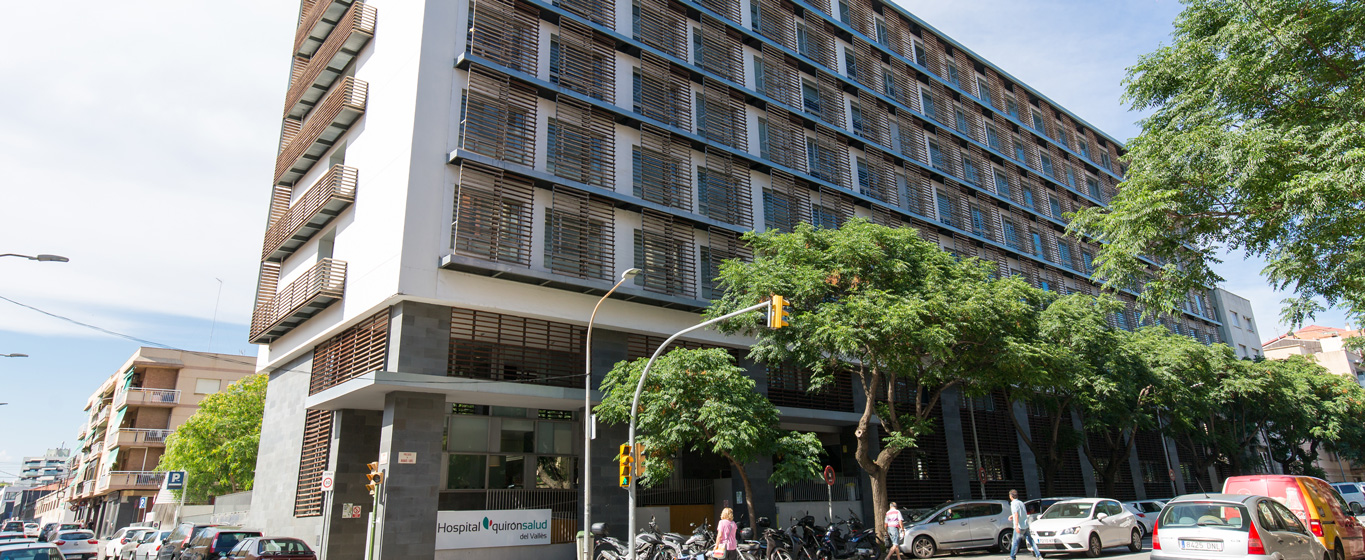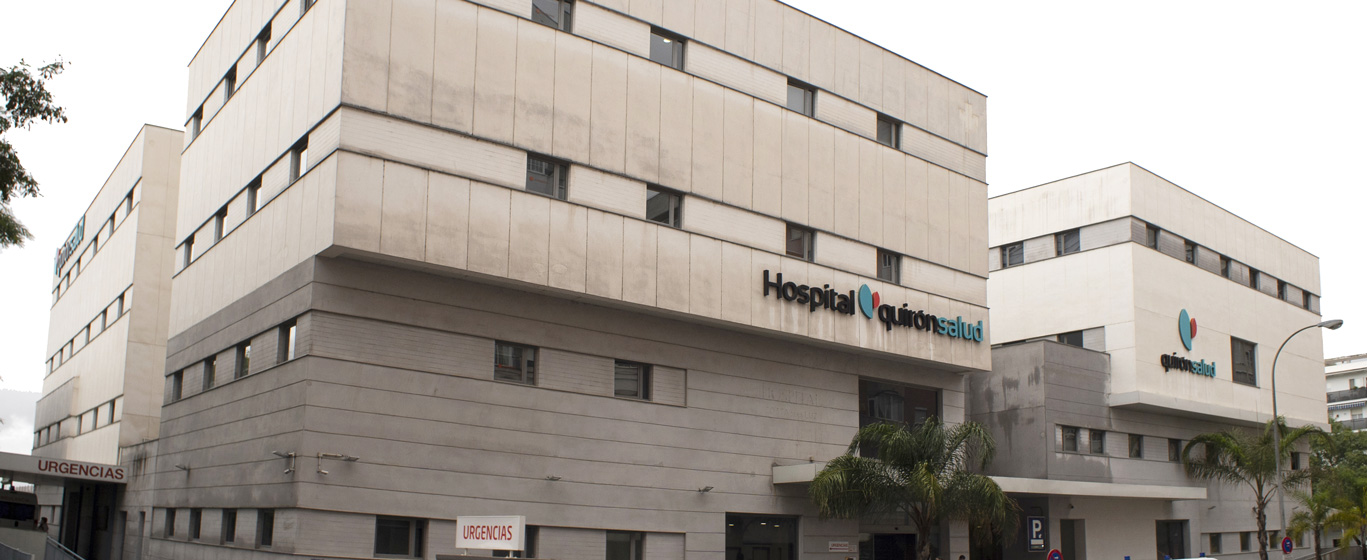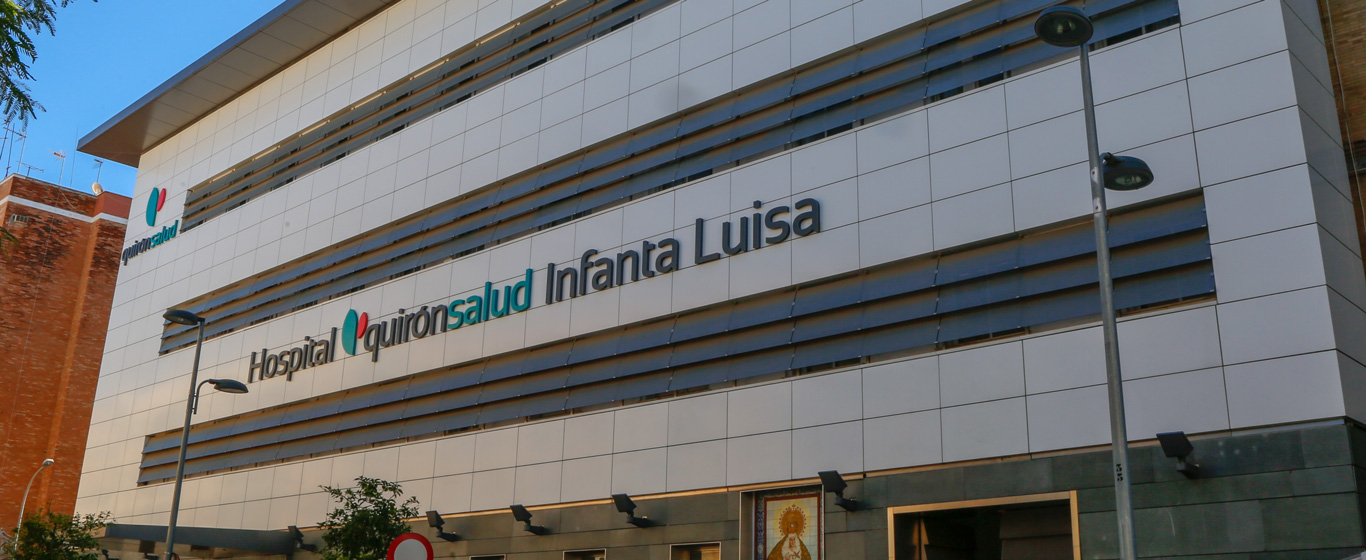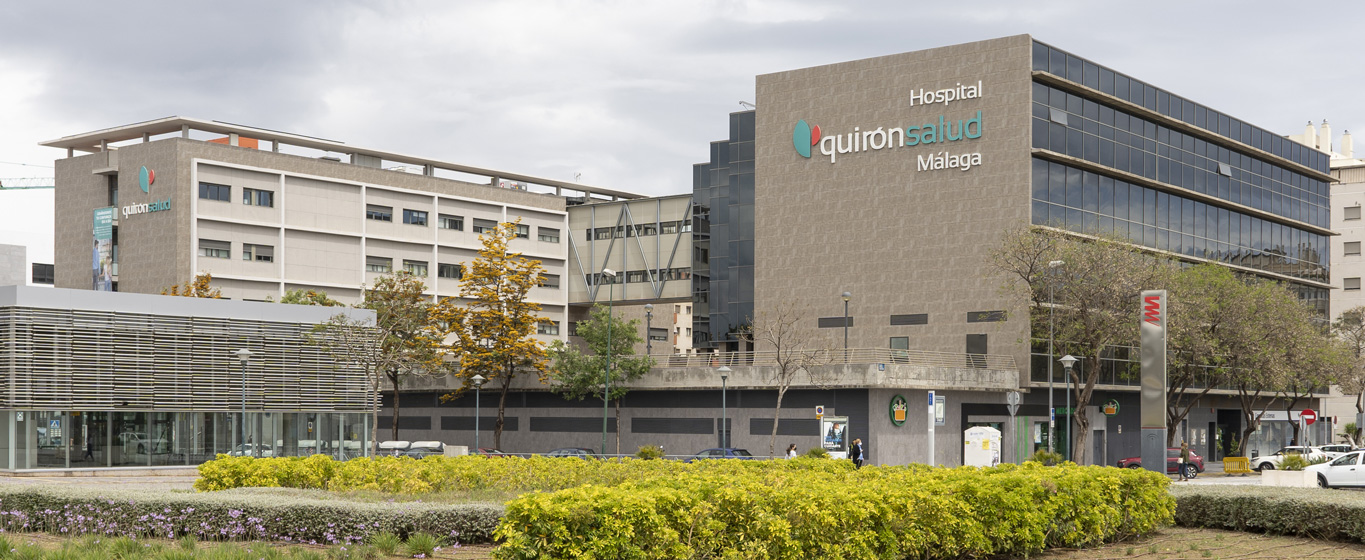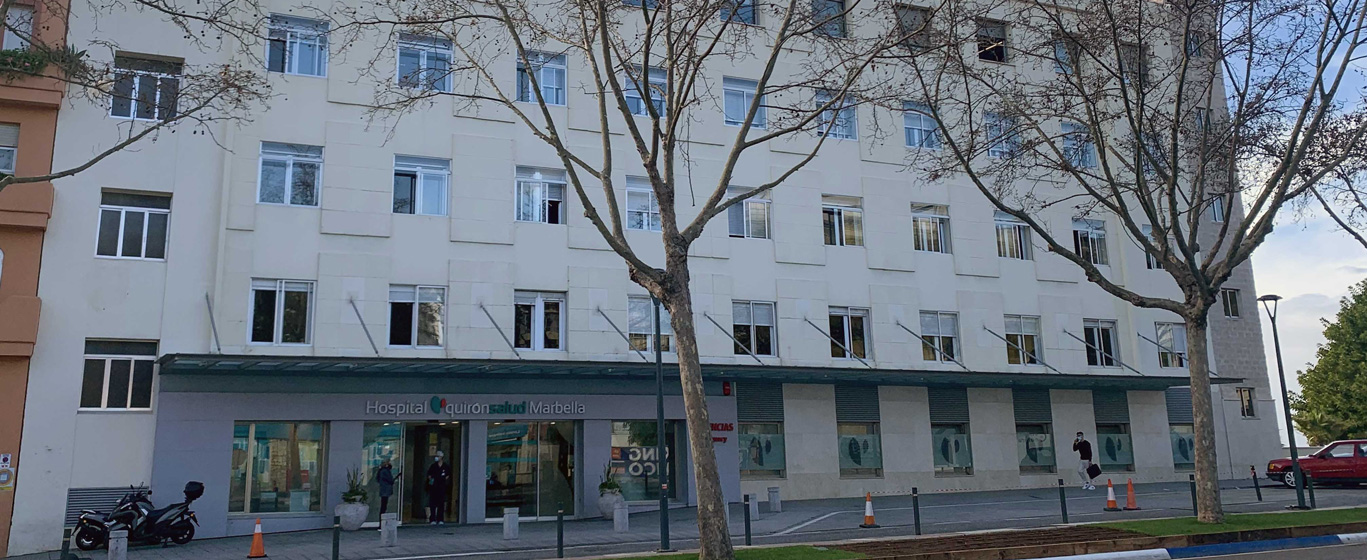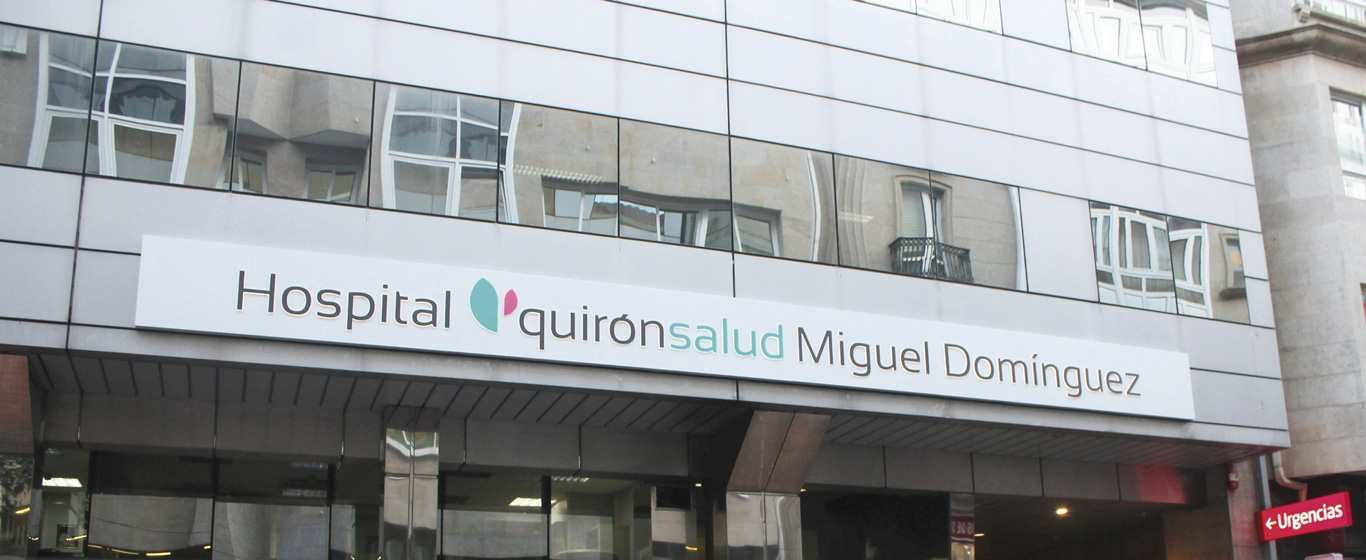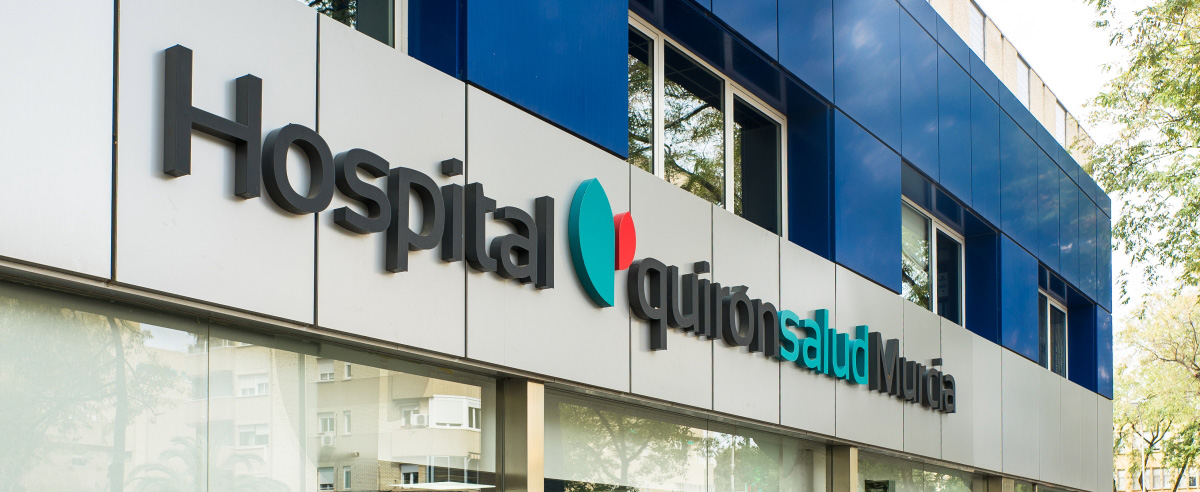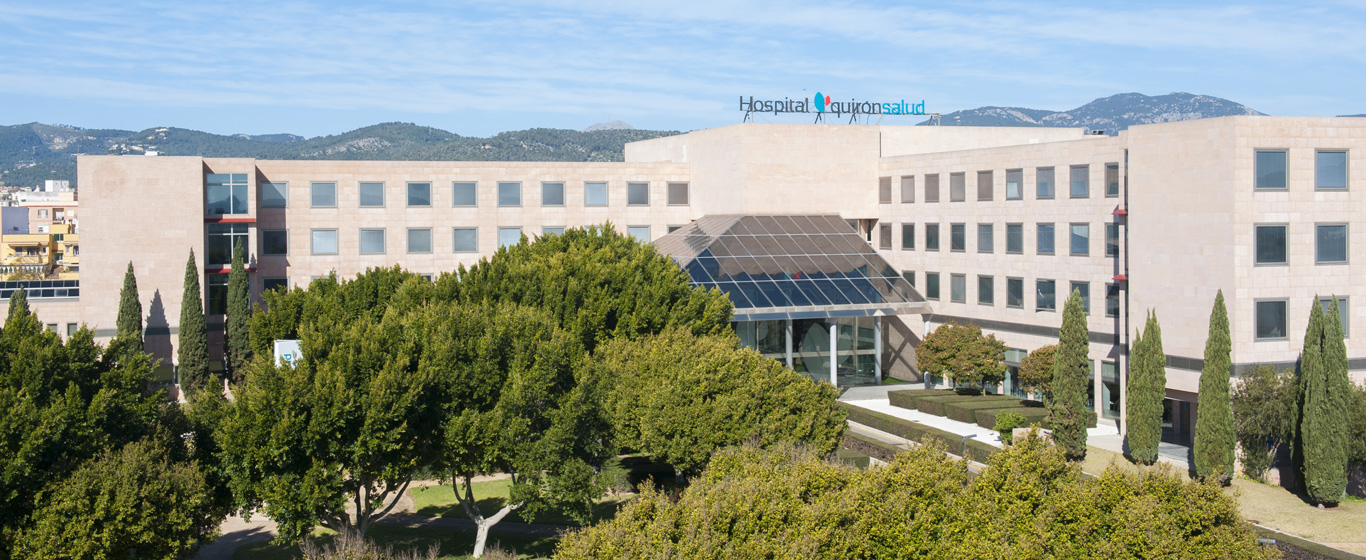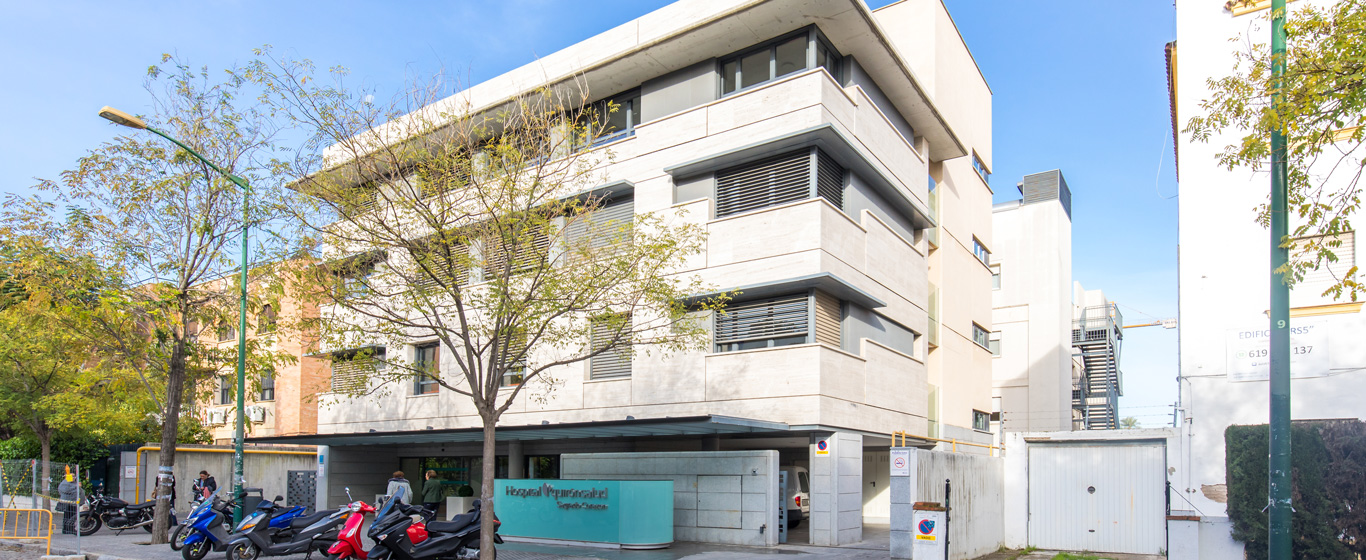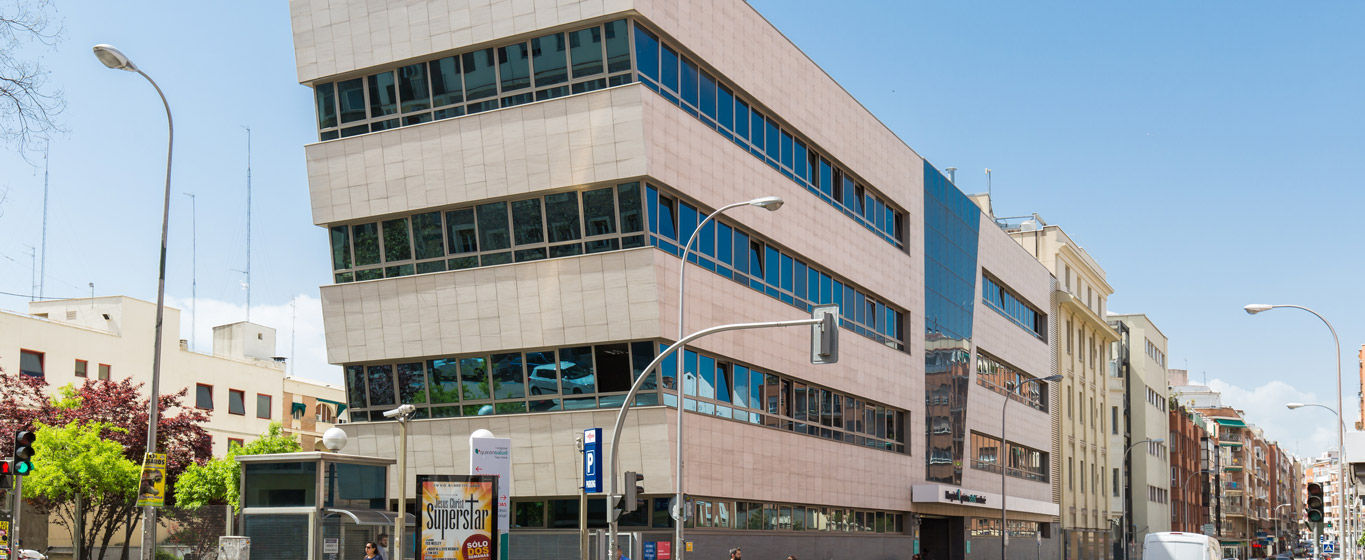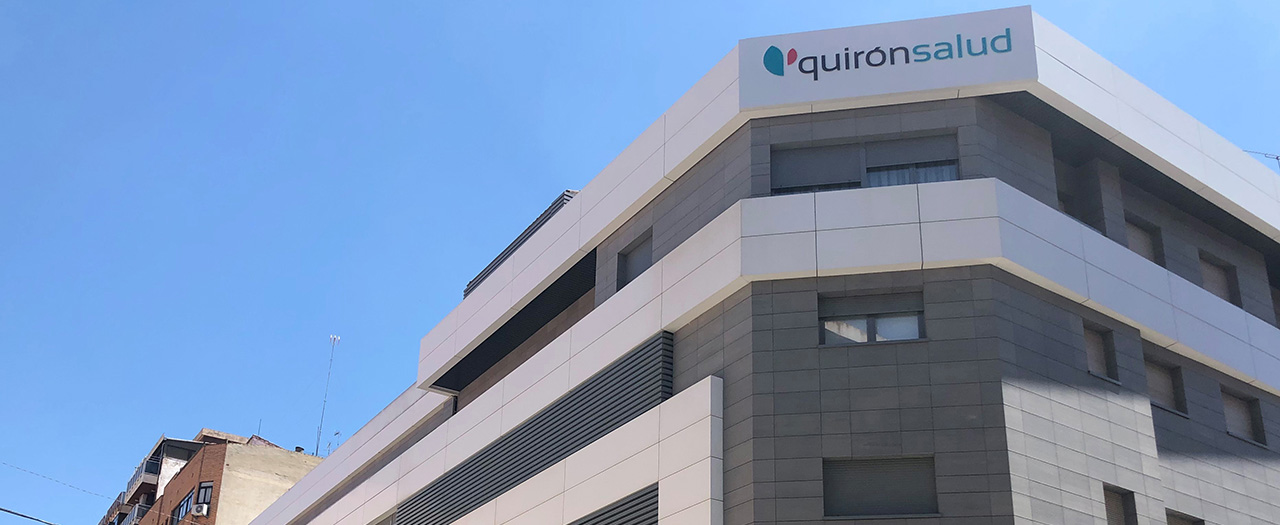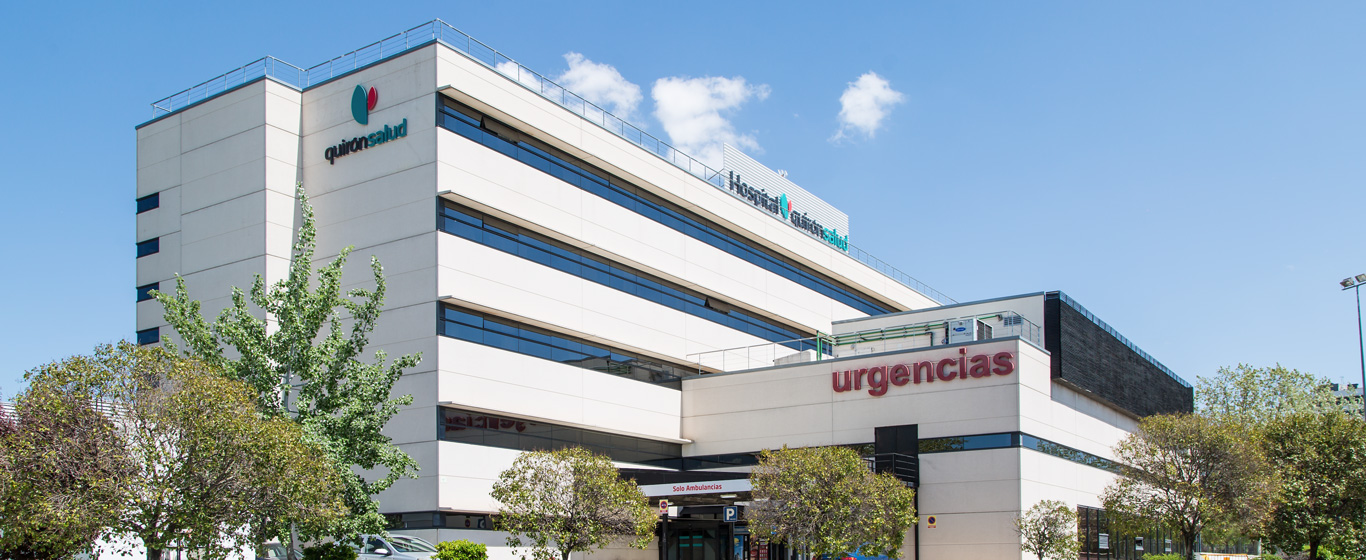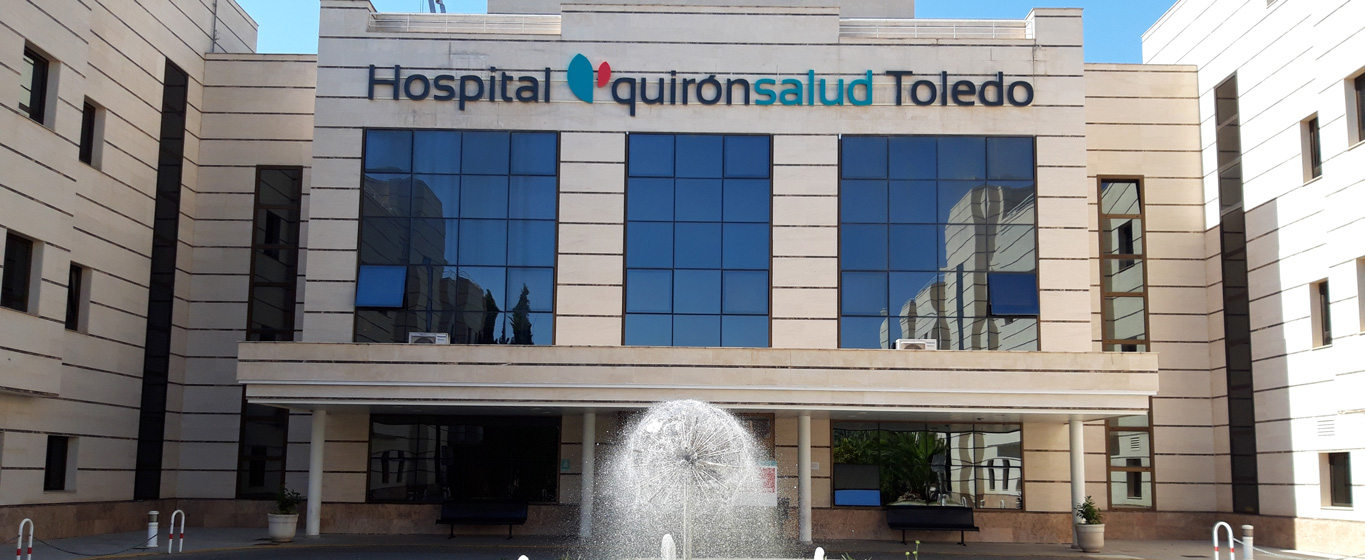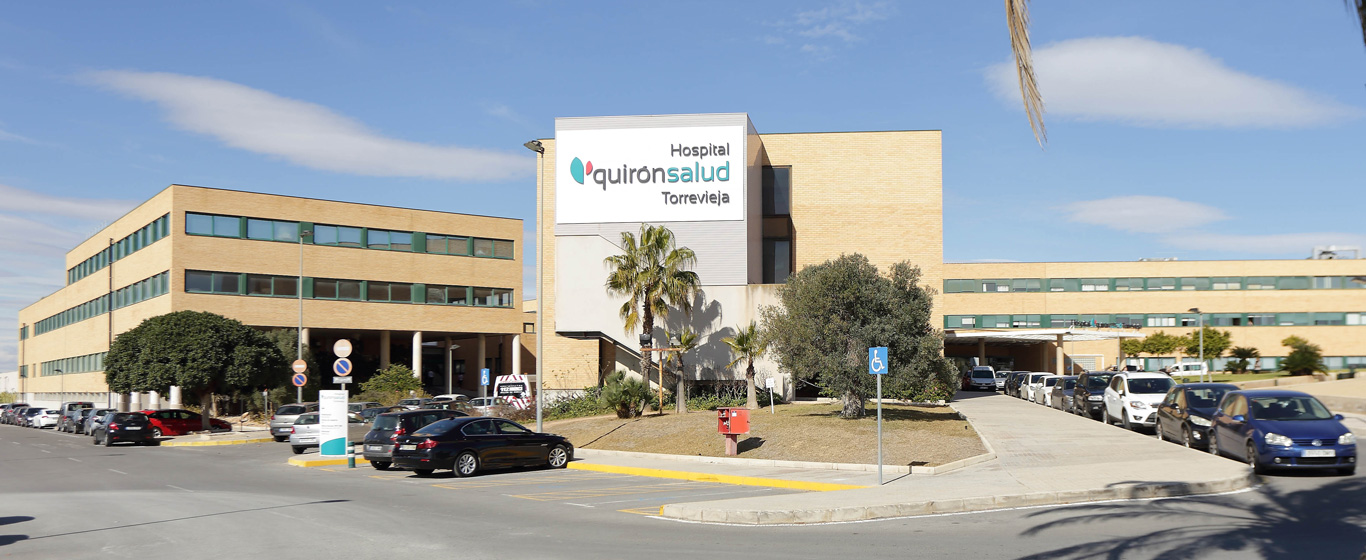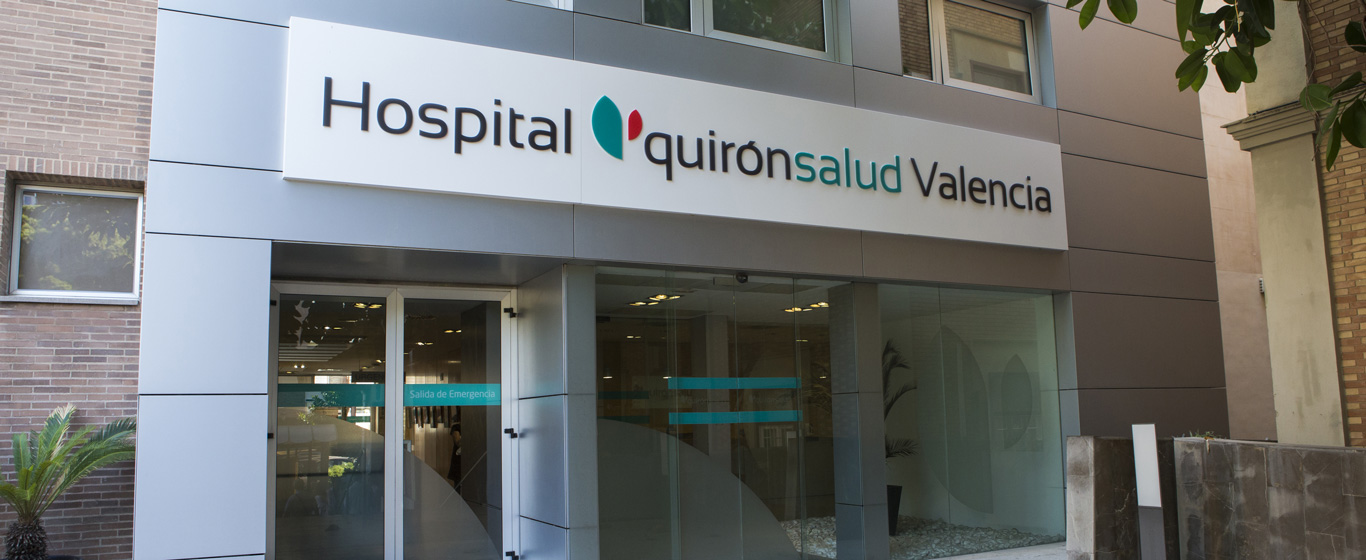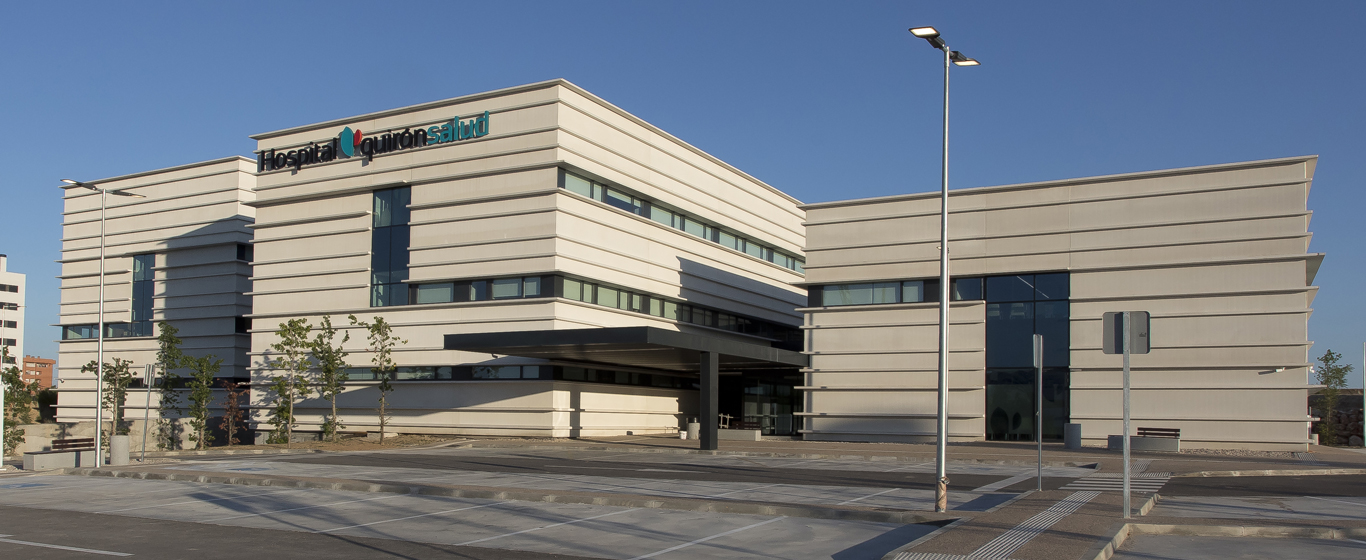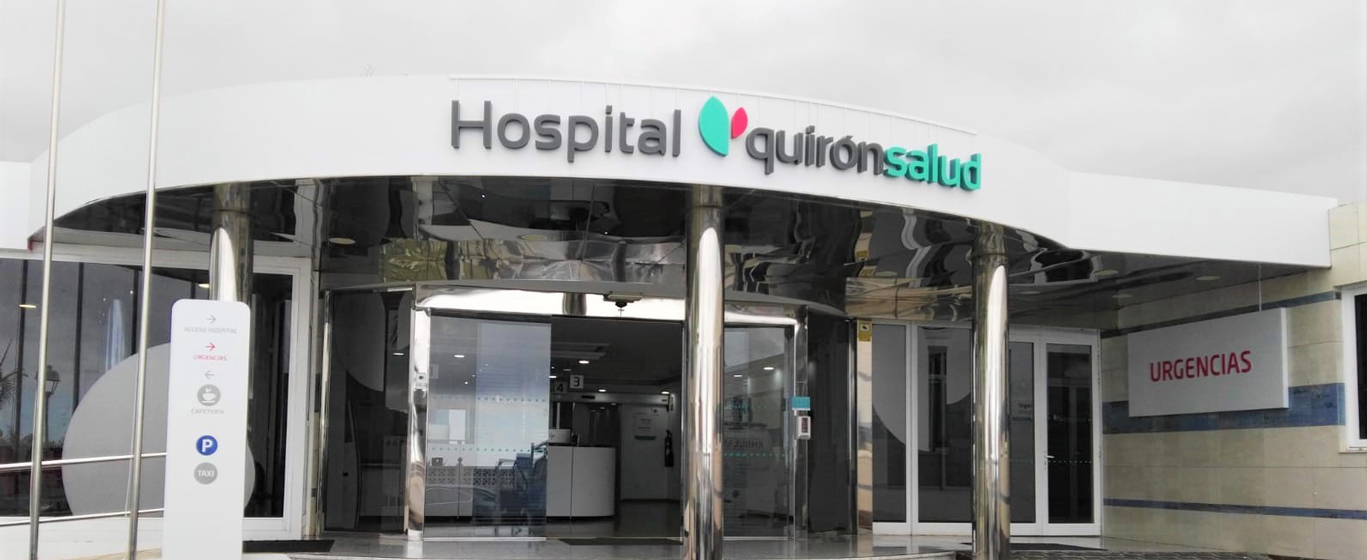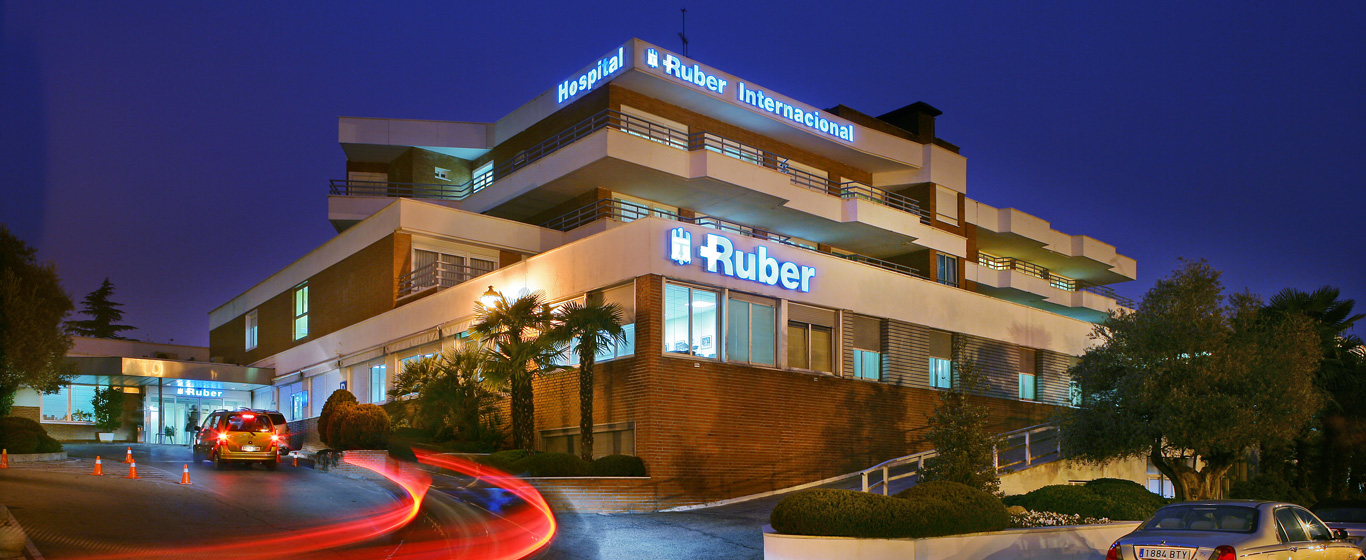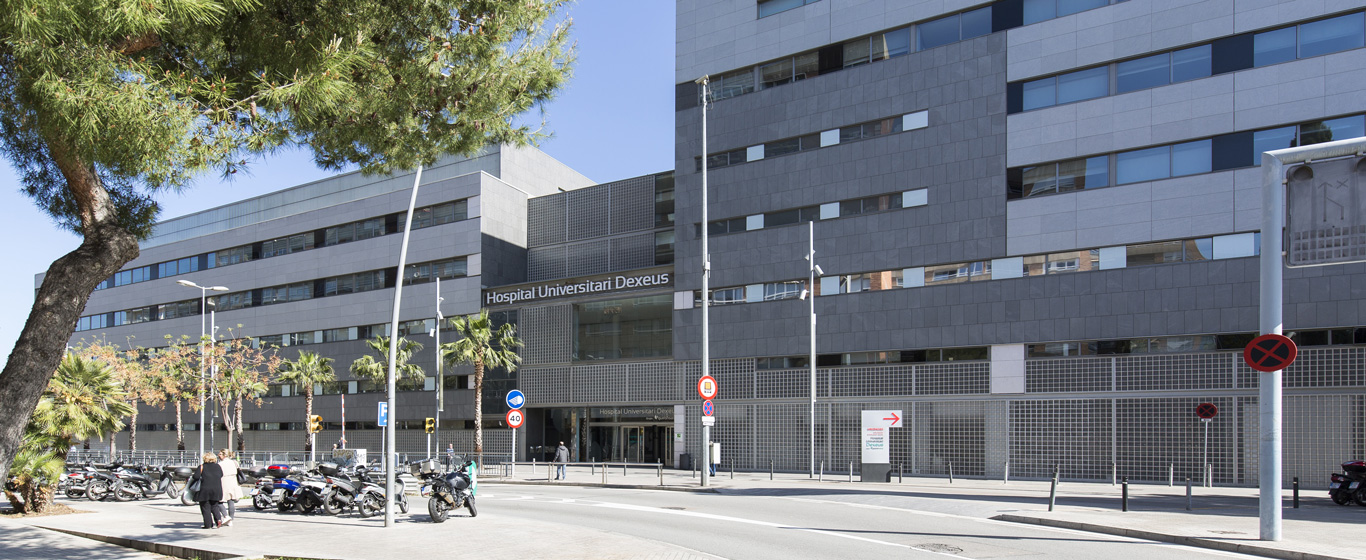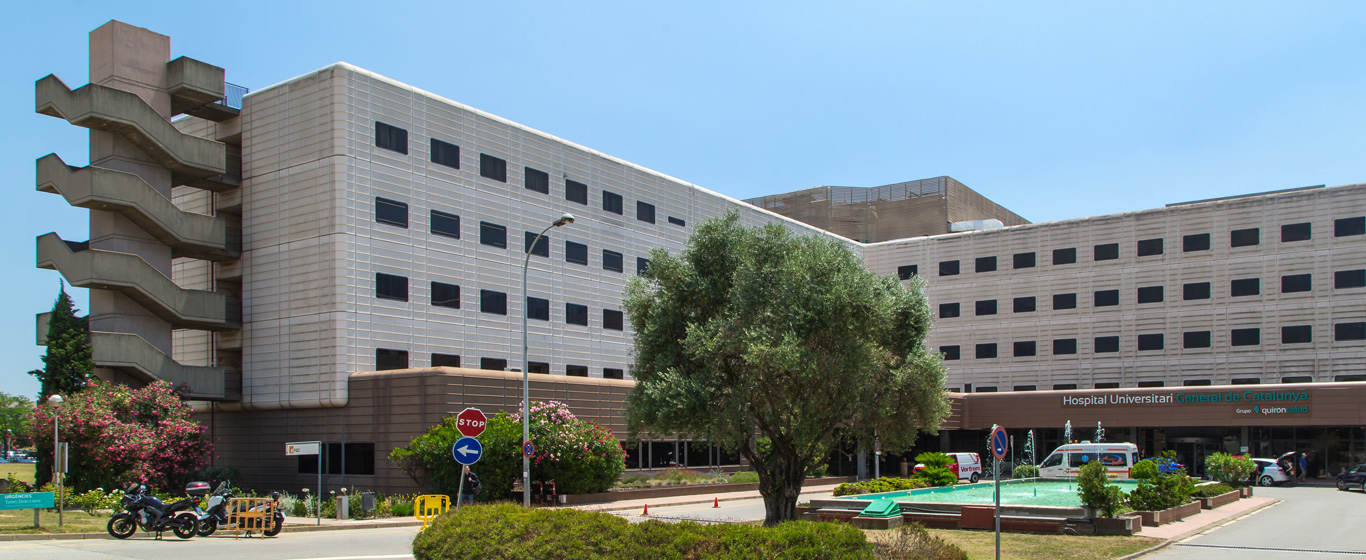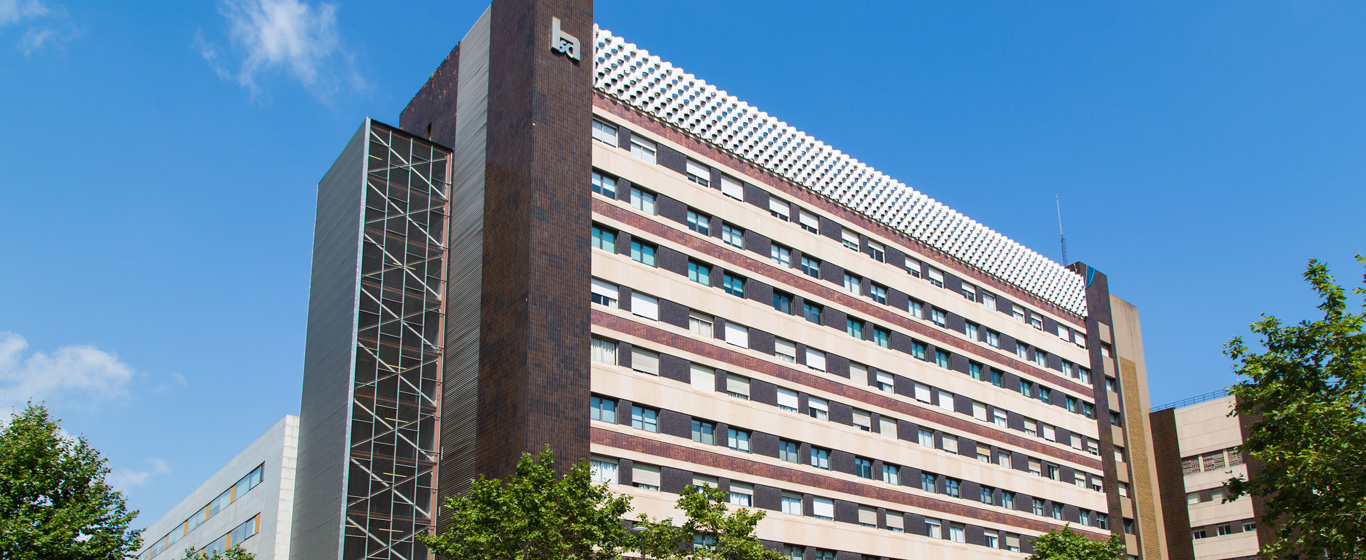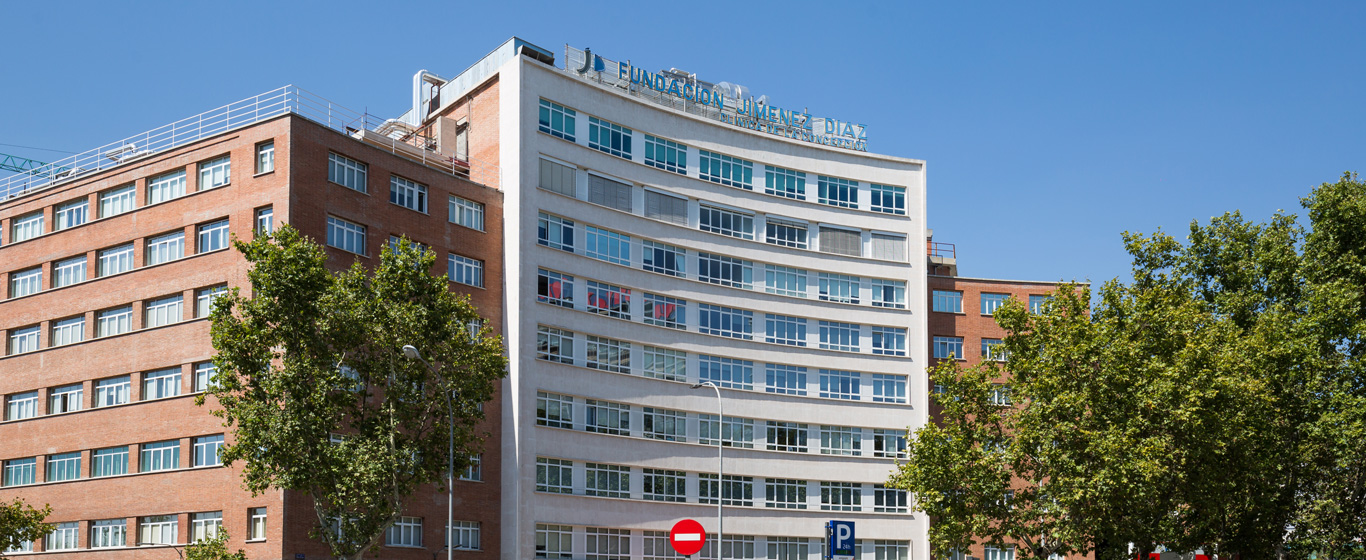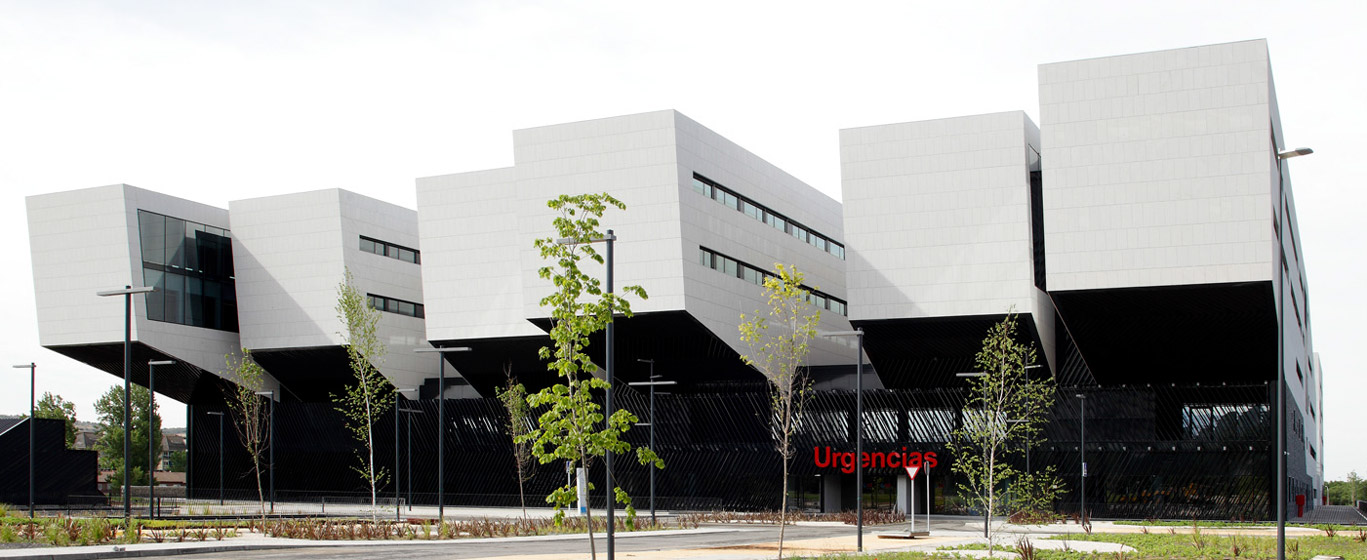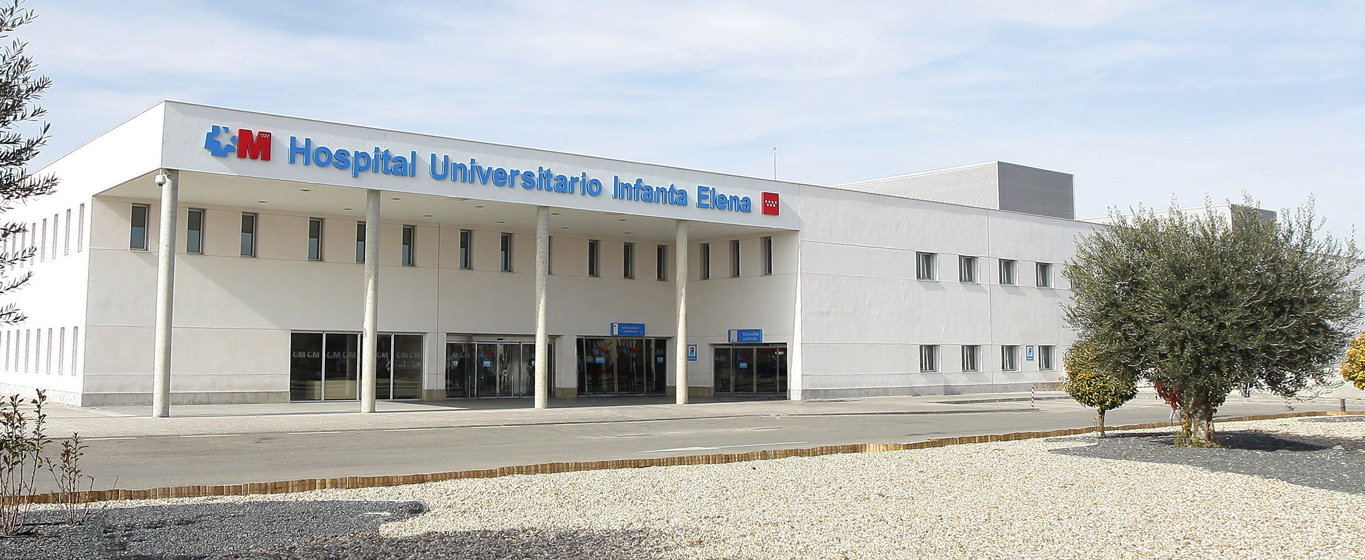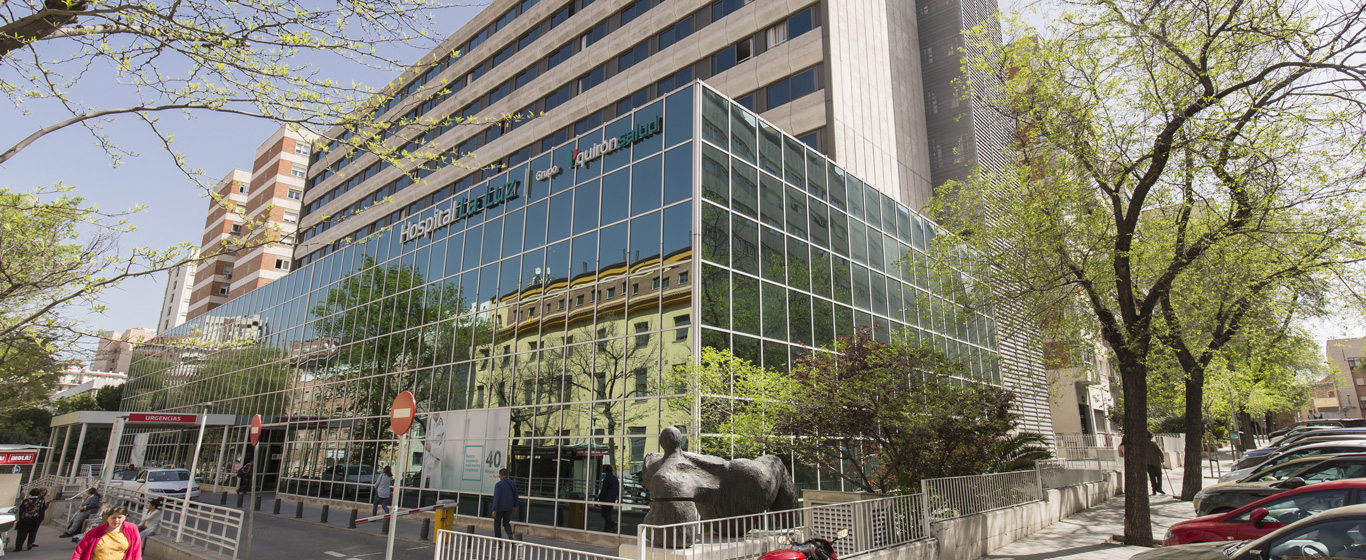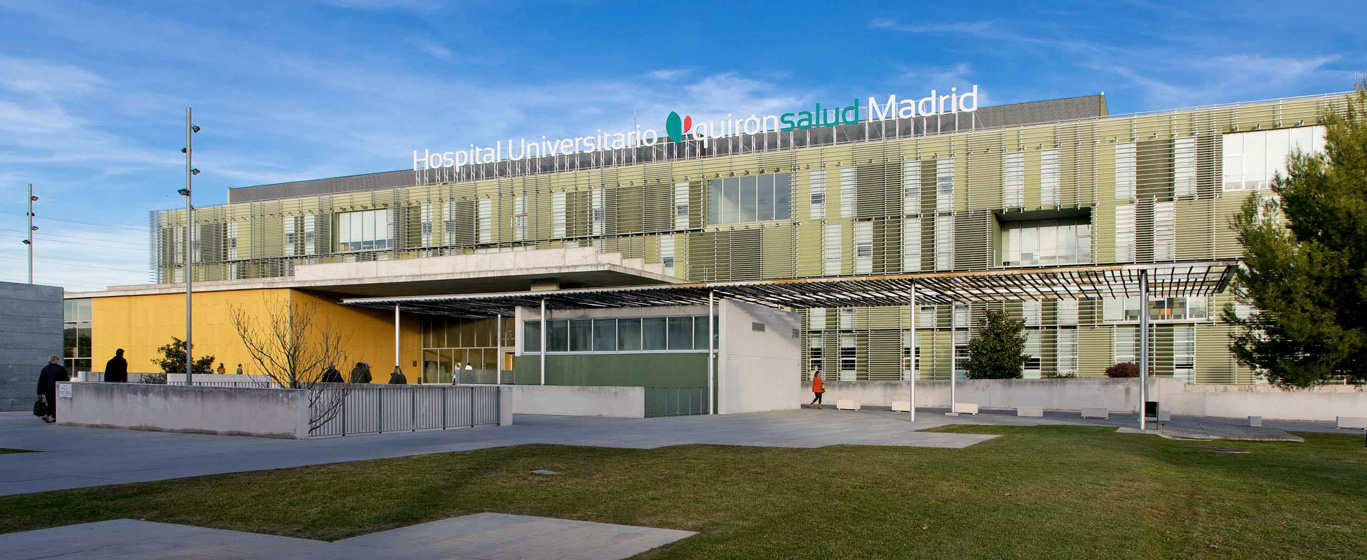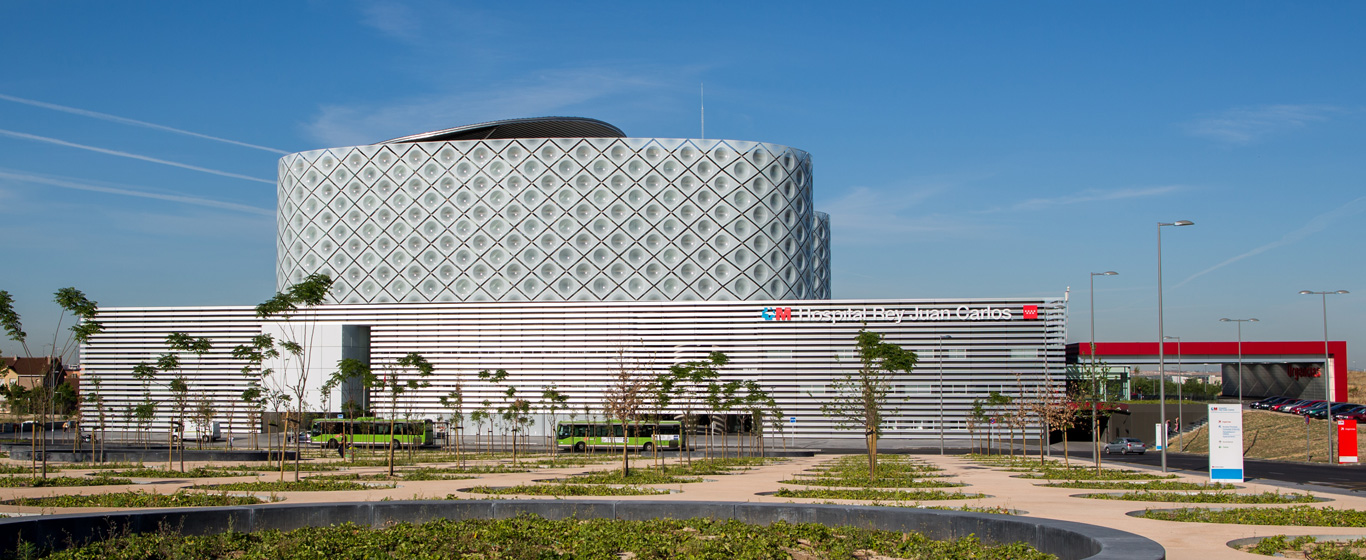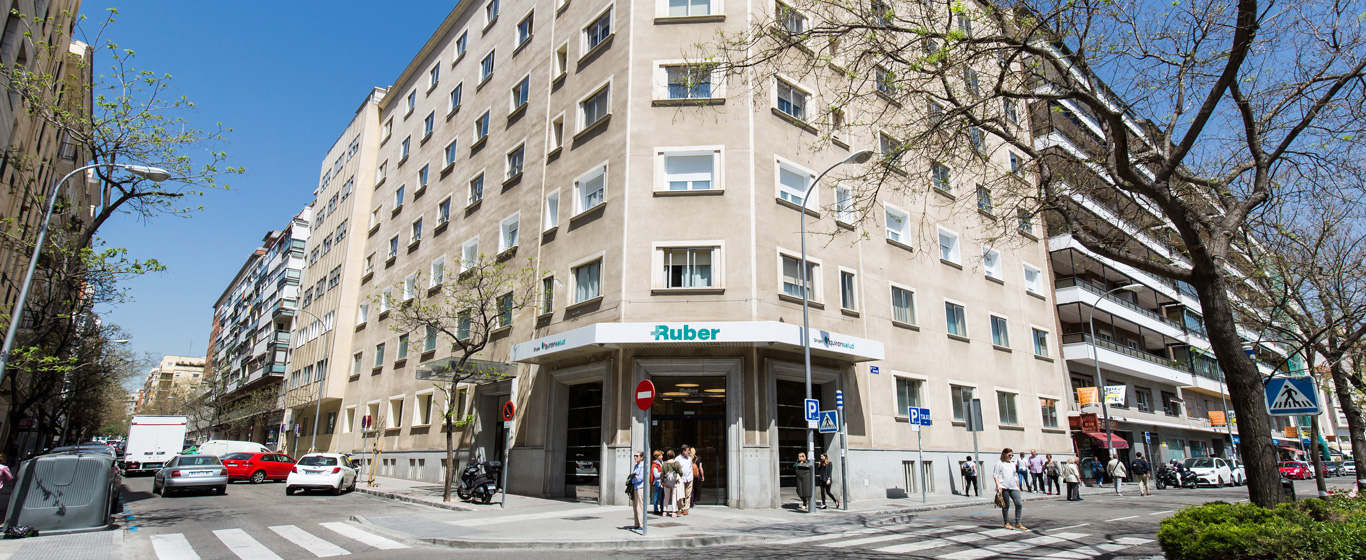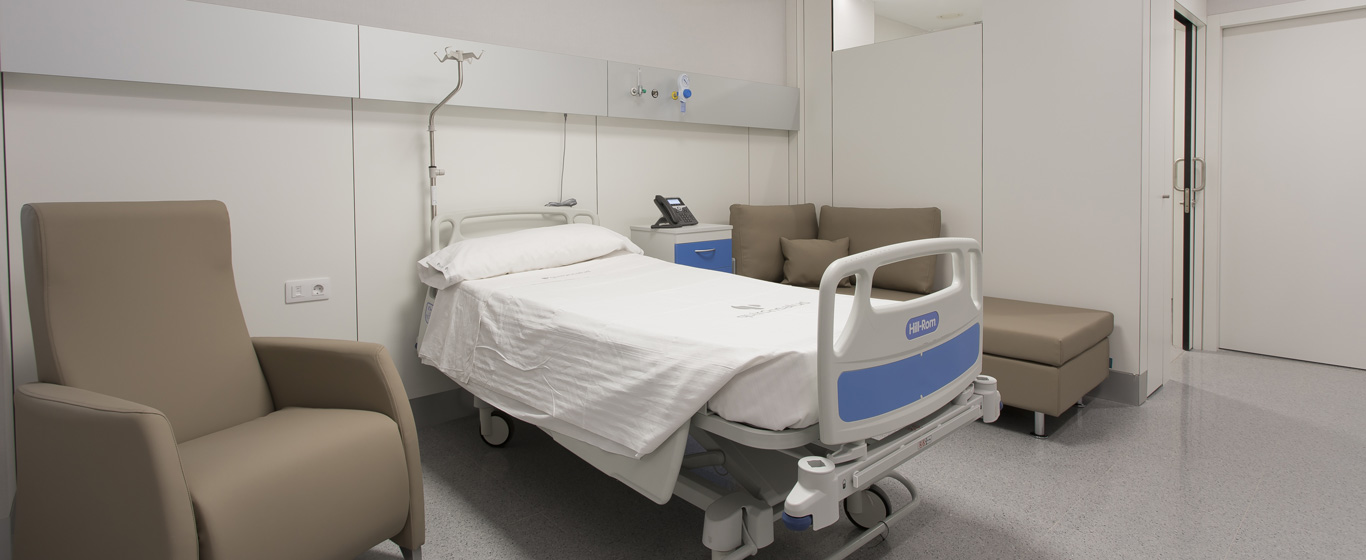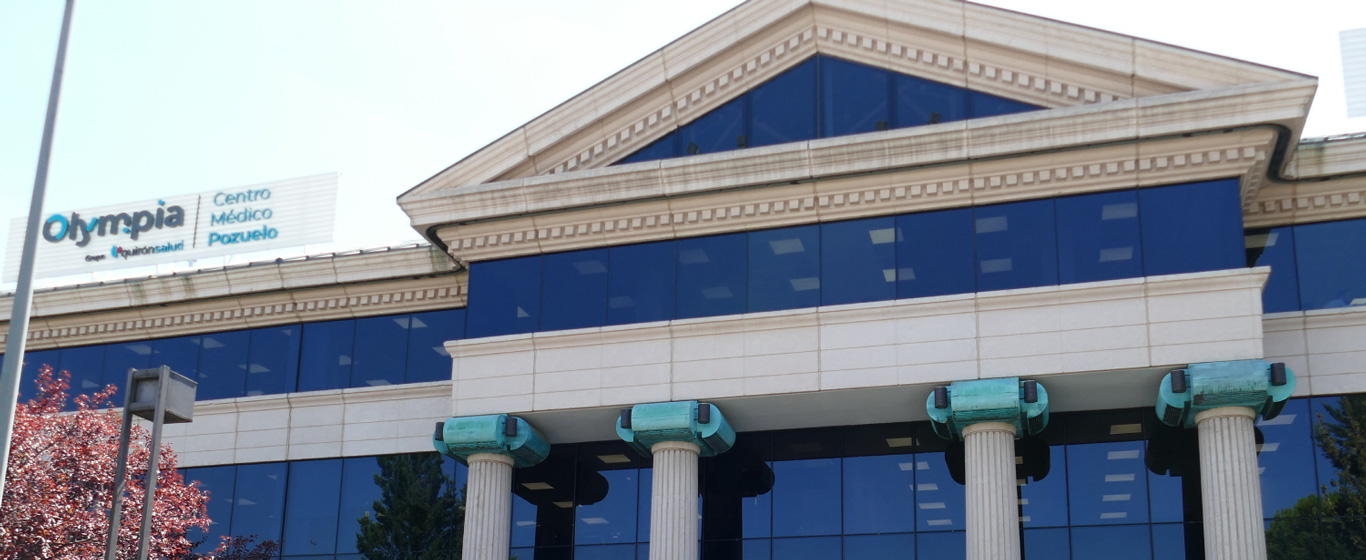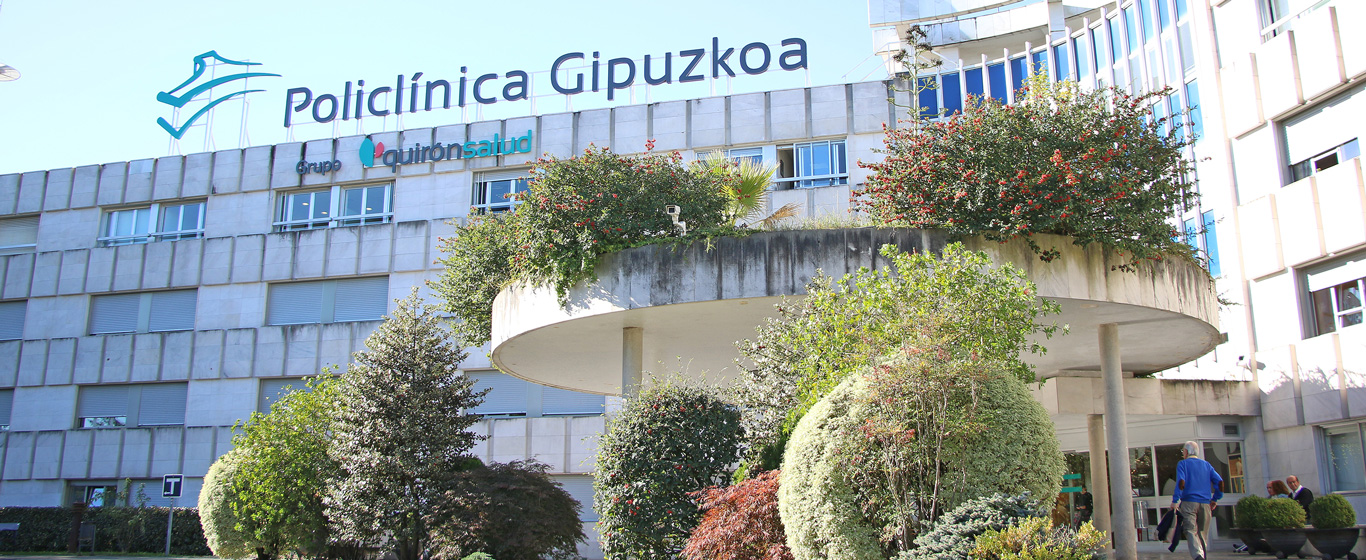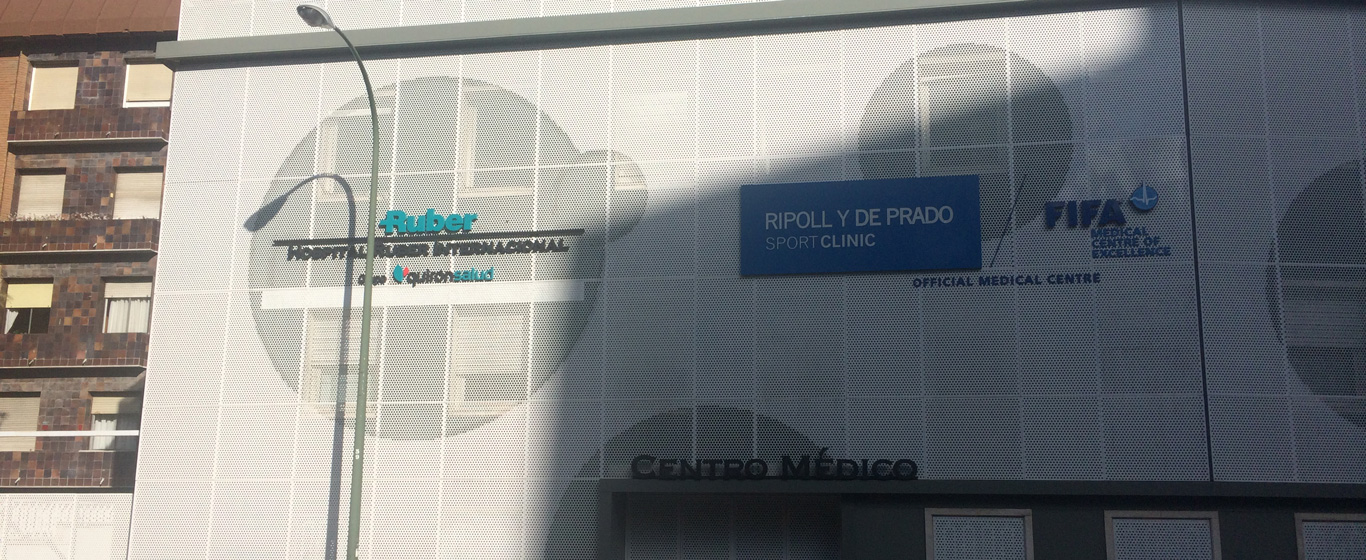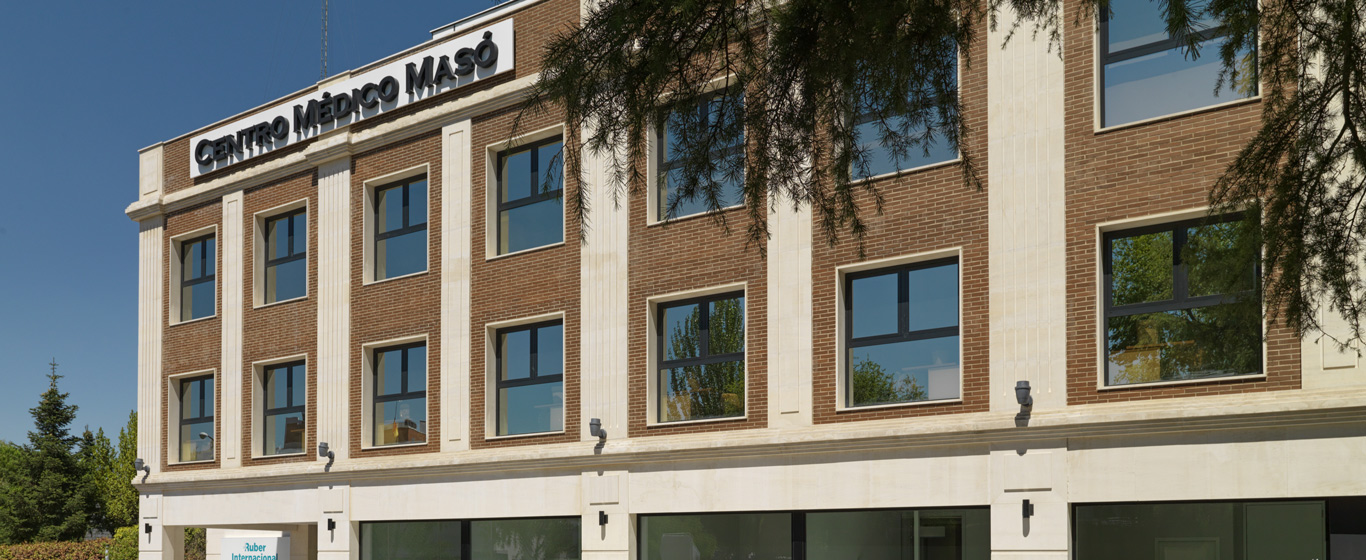Mediastinoscopy
Mediastinoscopy is used to observe the cavity between the lungs and the sternum. It is an invasive technique that requires the insertion of a probe with a camera at its tip through the chest. During the procedure, samples can be taken for biopsy.

General Description
Mediastinoscopy is a procedure used to explore the mediastinum, the cavity between the lungs and the sternum. To do so, an instrument called a mediastinoscope is inserted into the chest. This consists of a long, flexible tube with a light at the end and cutting tools that allow the collection of samples for biopsies or the removal of small neoplasms.
It is a diagnostic technique that allows for the analysis of the reasons why lymphadenopathy has developed, meaning the lymph nodes in the chest have enlarged. In addition to observing the state of the mediastinum (trachea, bronchi, and lymph nodes), tissue samples are collected for later analysis in the laboratory.
When is it indicated?
A mediastinoscopy is appropriate for patients with swollen lymph nodes or those in whom abnormalities in the chest have been detected during imaging diagnostic tests. This procedure is especially useful in cases of sarcoidosis, tuberculosis, or cancerous tumors.
How is it performed?
General anesthesia, administered intravenously, is required for a mediastinoscopy. Once the patient is sedated, an incision is made in the chest above the sternum to introduce the catheter and slowly slide it into the mediastinum. Meanwhile, the specialist carefully examines each part of the interior of the chest and removes small tumor formations. If there is a larger mass, a biopsy is performed, meaning that samples are taken to be analyzed later in the laboratory.
As soon as the samples are extracted in cases of mediastinoscopy with biopsy, they must be immersed in formalin and stored in a sealed container to prevent them from spoiling or oxidizing. In the laboratory, the samples are cut into thin slices and examined under a microscope to search for signs of infection, inflammation, or cancer.
Once the procedure is completed, the mediastinoscope is carefully removed while the area is re-examined for any anomalies that were not detected earlier, and the incision is closed with sutures.
Risks
Most side effects produced by a mediastinoscopy are related to an abnormal or allergic reaction to the components of the anesthesia.
In rare cases, complications such as injury to a blood vessel leading to bleeding, pneumothorax, voice disorders (dysphonia) caused by injury to the laryngeal nerve, or infection in the lungs (pneumonia) or in the incision area may occur.
What to expect from a mediastinoscopy
Depending on the reasons for the procedure and the patient’s condition, the mediastinoscopy may be outpatient or may require an overnight stay in the hospital.
On the day of the procedure, the patient must sign an informed consent form and wear the hospital gown provided. Once on the operating table, anesthesia is administered. The patient will then wake up in the recovery area after 60 to 90 minutes, the duration of the procedure.
The patient may feel pressure in the chest caused by the tube inserted into the trachea to facilitate breathing during the procedure. Some people experience slight numbness in the throat and mouth, so eating or drinking is discouraged until the sensation has fully passed. Pain relievers are prescribed to ease discomfort around the incision area.
It is advisable to be accompanied, as driving is not recommended after general anesthesia. Once at home, care consists of keeping the sutures clean until they fall off on their own or require removal by a primary care nurse.
The recovery period for a mediastinoscopy is typically 24 hours, after which the patient can return to normal activities, avoiding strenuous efforts for a few days.
The waiting time for results depends on whether a biopsy was performed. Results will be provided in a consultation with the specialist who requested the test.
Specialties that request a mediastinoscopy
Mediastinoscopy is performed in the specialties of pulmonology and oncology.
How to prepare
Before a mediastinoscopy, preoperative tests must be conducted to ensure that the patient is in adequate health to undergo general anesthesia (blood tests, coagulation tests, heart evaluation).
On the day of the procedure, fasting is required.




